Dabls Mbad African Bead MuseumOlayami Dabls (1948)
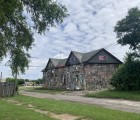
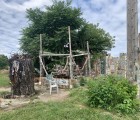
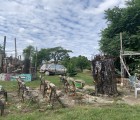
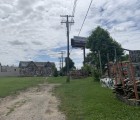
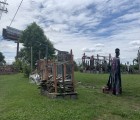
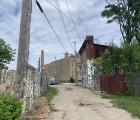
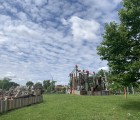
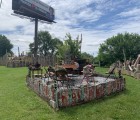
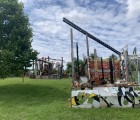

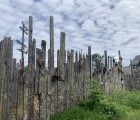
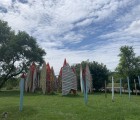
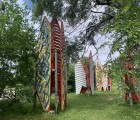
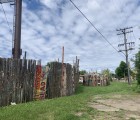
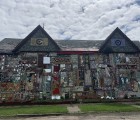
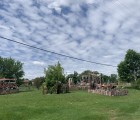
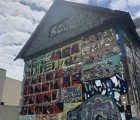
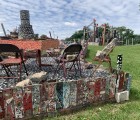
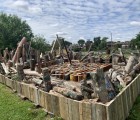
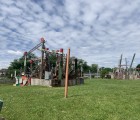
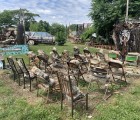
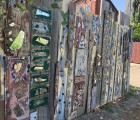
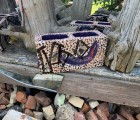
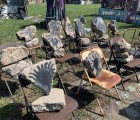
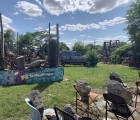

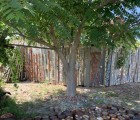
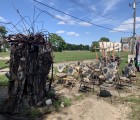
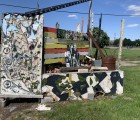
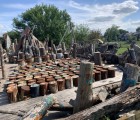
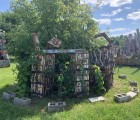
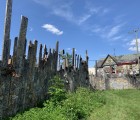
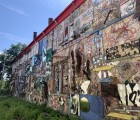
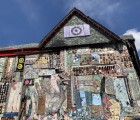
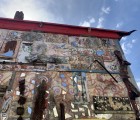
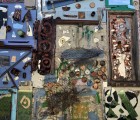
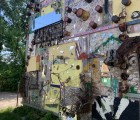
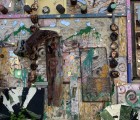
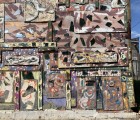
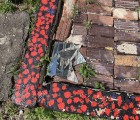
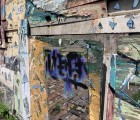
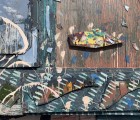
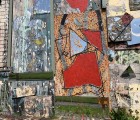
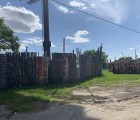
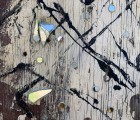
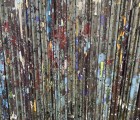
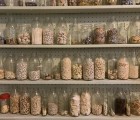
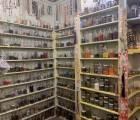
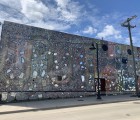
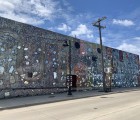

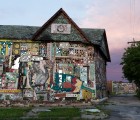
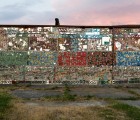

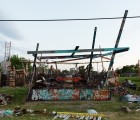
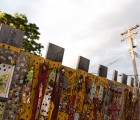
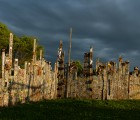
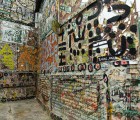
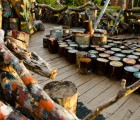
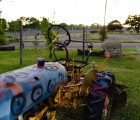
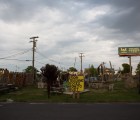
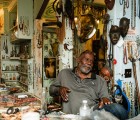
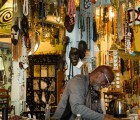
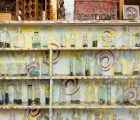
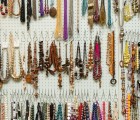
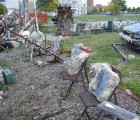
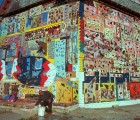
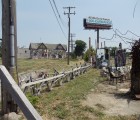
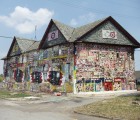
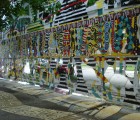
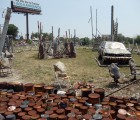

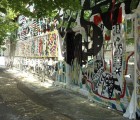
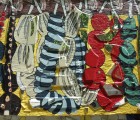
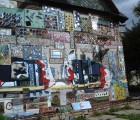
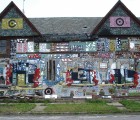
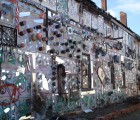
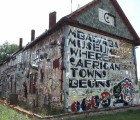
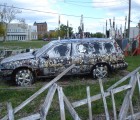
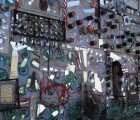
Extant
6559 Grand River Avenue, Detroit, Michigan, 48208, United States
early 2000s to present
The Dabls African Bead Museum is open Monday to Saturday from 12pm to 5pm. The outdoor installations are viewable any time.
About the Artist/Site
While Olayami Dabls’ Mbad African Bead Museum does, in fact, display and sell beads, the primary component of this art environment is a sprawling complex of grand and embellished heavily symbolic tableaus spanning the length of a large city block between I-96 and Grand River Avenue in Detroit. Combined, these discrete installations tell the unfortunately ubiquitous story of colonization and forced assimilation using the materials iron, wood, stone, and mirror.
Olayami Dabls was born in 1948 in the small town of Canton, Mississippi – 30 minutes north of Jackson. Following the path of the Great Migration, he and his family relocated to the booming industrial city of Detroit in 1965. Like many young people in Motor City, Dabls pursued work with General Motors as a draftsman. After 15 years with GM, a car accident left him severely injured and unable to work. Therapeutic art classes prescribed during his convalescence inspired him to become an artist, and he went on to study painting at Wayne State University.
In 1975, Dabls joined The Charles H. Wright Museum of African American History Museum as an artist-in-residence. He remained in the curatorial department of the museum for approximately 15 years. He eventually began to feel the constrictions inherent to working within a large bureaucratic institution. Seeking the opportunity to “stimulate emotional and cultural healing” on his own terms, Dabls established the Mbad African Bead Museum in order to highlight “African material culture from an African perspective.” He chose beads as a focus given their multivalent significance as beacons of communication throughout the continent of Africa.
The property he acquired for the Museum included an entire city block that was covered in debris and overgrown vegetation. In an effort to revitalize his small corner of a city facing overwhelming blight and disinvestment, he set to work clearing the land and eventually, creating a sprawling complex of installation artwork including mosaic, sculpture, painting, and more. With the realization that misconceptions about Africa and its varied cultures were rampant, Dabls set out to use four materials traditionally used in artmaking across the continent – iron, wood, stone, and mirror – to tell the story of the colonization of Africa and the pillaging of its people. The resulting 18 discrete tableaus come together to narrate a complete story – “Iron Teaching Rocks How to Rust.” Dabls described these four materials in an interview for the Detroit Lover project:
We can’t live without iron, in fact, there’s enough iron in each of us to make a three-inch nail… We also can't live without the trees, and modern-day science is finding that we are more like trees than we ever imagined… Rocks are the basis of everything around us. We may call them crystals and healing or precious stones now, but they’re still just rocks... And mirrors really fascinated me. When you look in the mirror, the image you see is reversed, so you can never really see yourself the way other people see you by looking at a mirror. So I began to use the mirrors to make people a part of the installation and saw all kinds of reactions, but mostly smiles.
Bookending the site on its west side stands a large building – the N’Kisi House – that is completely covered in layered plywood boards featuring brightly colored designs, mirrors, found objects, wire, wood appliques, and much more. Stand back and take in the enormity of this jubilantly adorned facade or get close to see the specificities of each unique section like the ghostly rendered hand or the can lid grid. In Robert Farris Thompson’s seminal book Flash of the Spirit: African & Afro-American Art & Philosophy, he notes Nsemi Isaki’s definition of nkisi as “the name of the thing we use to help a person when that person is sick and from which we obtain health...to protect the human soul and guard it against illness...An nkisi is also a chosen companion, in whom all people find confidence. It is a hiding place for people’s souls, to keep and compose in order to preserve life.”
Dabls set out to create a site of healing for his community – for the whole of Detroit – through the establishment of the African Bead Museum, and his work is ongoing. The Museum is currently in “Phase 2” of its fundraising campaign to continue renovating the buildings on site to create additional space for exhibitions, art education, and community events. To learn more about the expansion and see renderings of the renovated site, click here.
Narrative: Annalise Flynn, 2021
Sources:
- http://www.mbad.org/#our-story
- https://www.muralsinthemarket.com/olayami-dabls
- https://www.vice.com/en/article/evqg7m/this-artist-took-over-an-entire-city-block-to-build-an-african-bead-museum
- https://www.detroitlover.net/olayami-dabls
- https://www.designindaba.com/articles/creative-work/meet-artist-behind-americas-only-museum-dedicated-african-beads
- Flash of the Spirit: African & Afro-American Art & Philosophy by Robert Farris Thompson
Contributors
Materials
wood, iron, stone, mirror
MEDIA
LOCAL AXIS: DABLS AFRICAN BEAD MUSEUM
Red Bull Arts is pleased to present LOCAL AXIS, an abstract study in movement, sound, and time...The pilot episode will feature multidisciplinary artist and dancer Bree Gant in conversation with curator Olayami Dabls in a moving exploration of the Dabls Mbad African Bead Museum, an expansive collection of outdoor installations encompassing almost an entire city block. Deconstructing traditional interpretations of museums, art and time, they reconsider conceptualizations of the magic and material that define their very building blocks.
Map & Site Information
6559 Grand River Avenue
Detroit, Michigan, 48208
us
Latitude/Longitude: 42.3562251 / -83.1087131
Nearby Environments


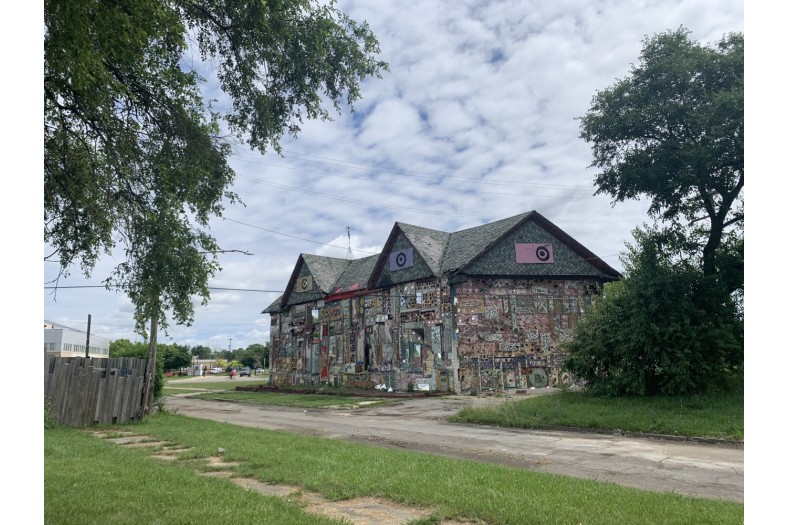
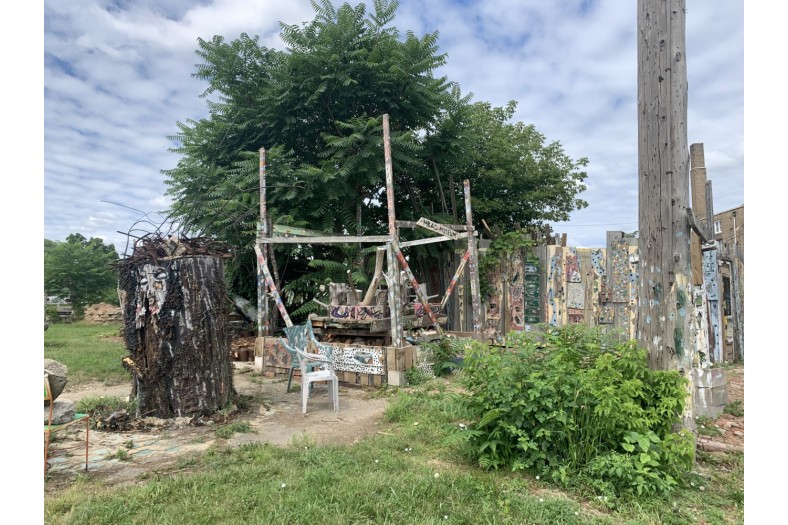
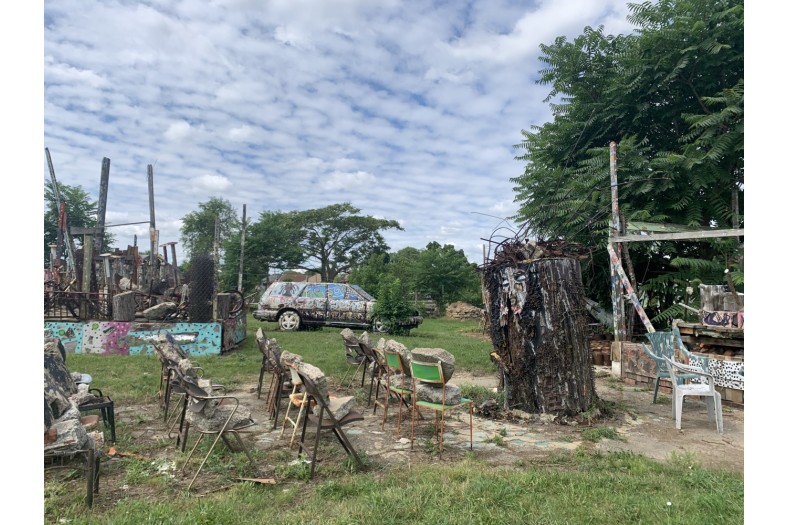
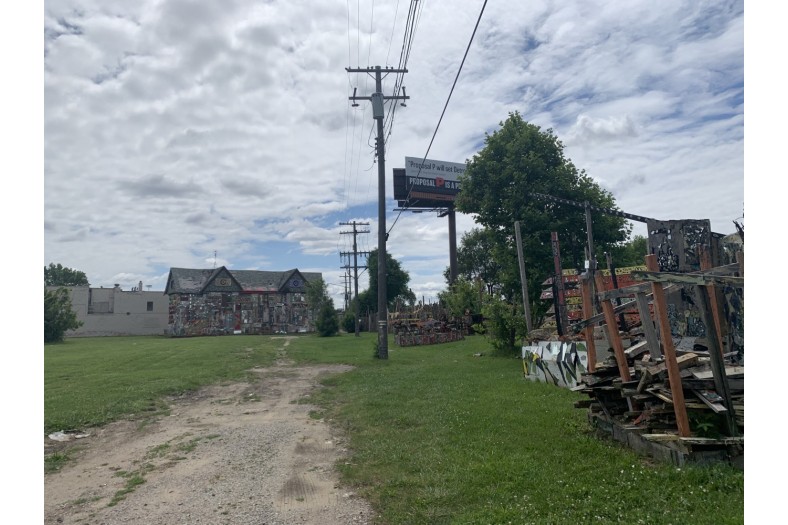
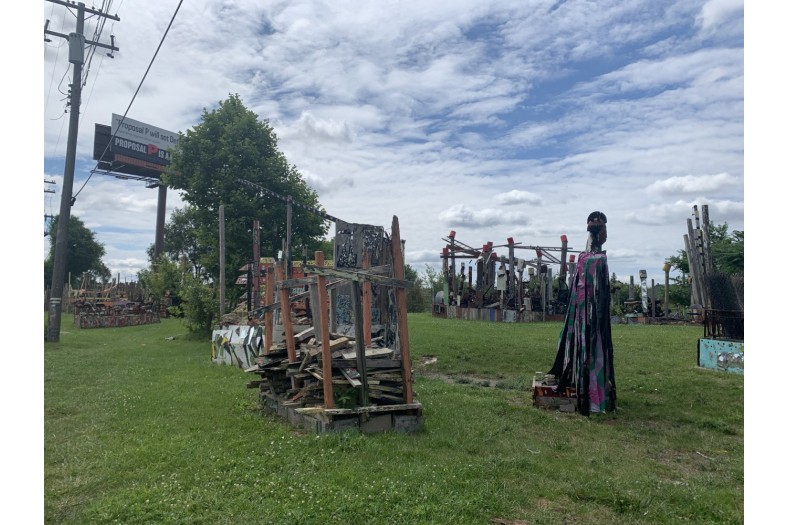
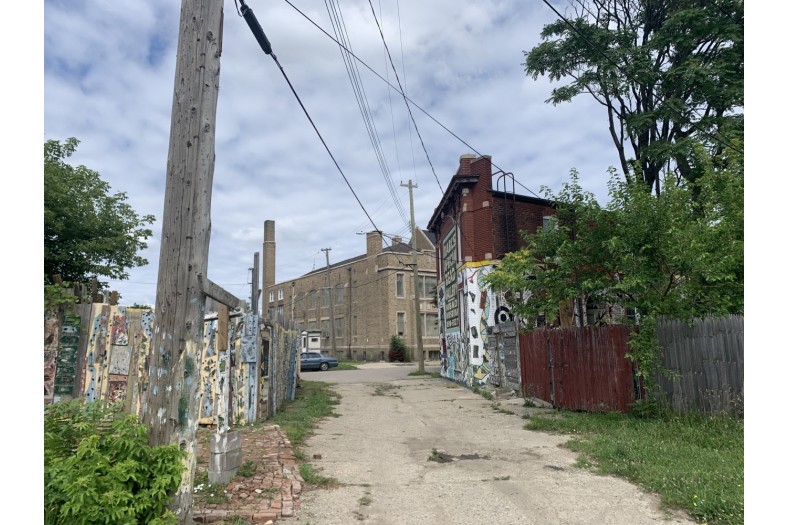
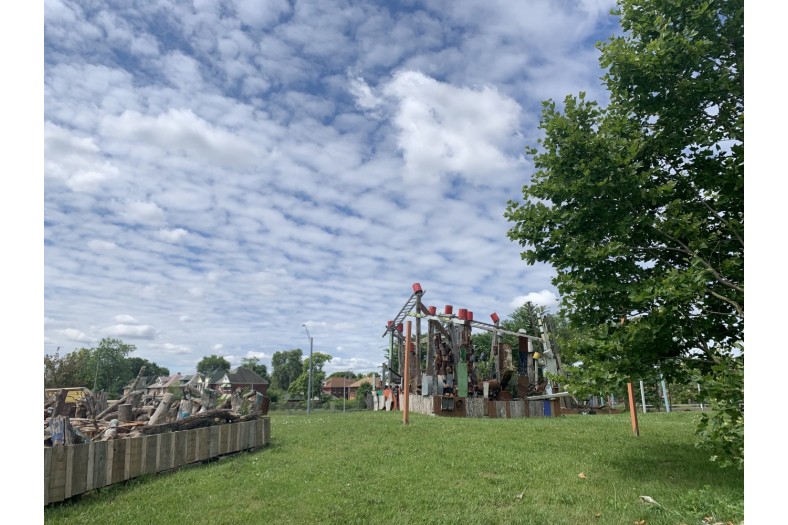
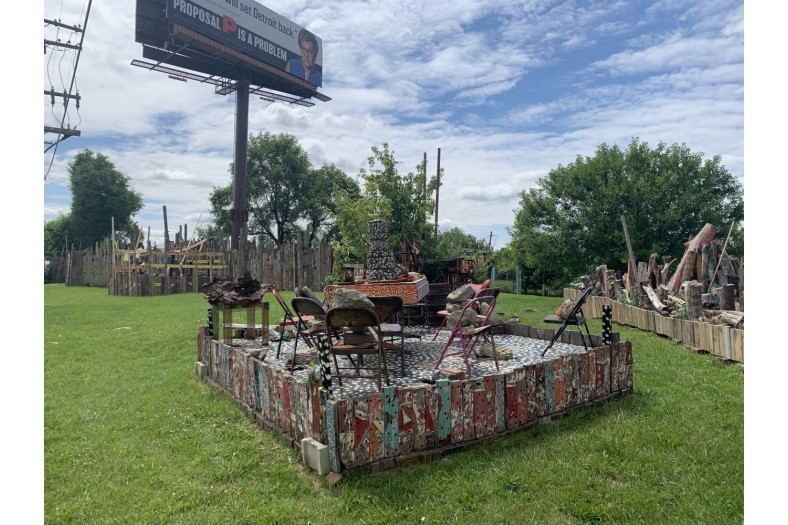
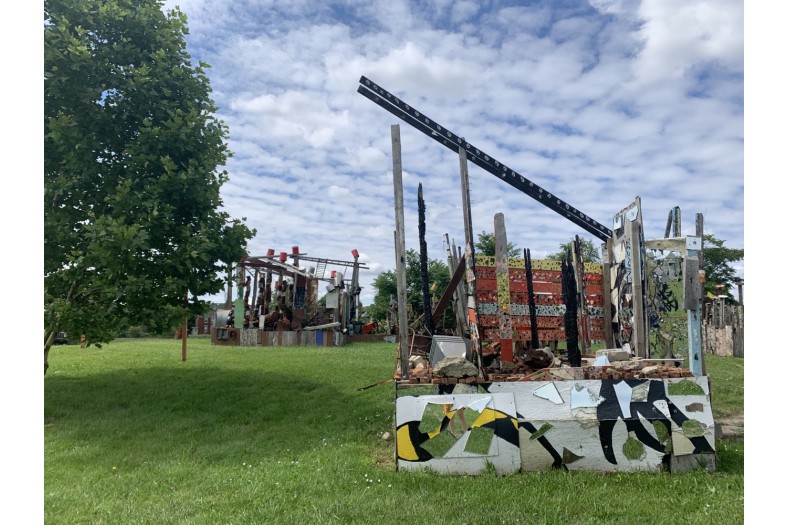
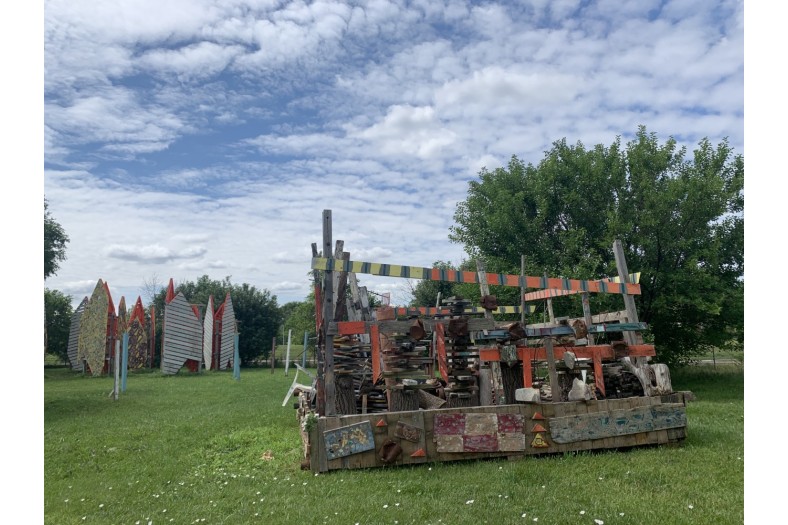
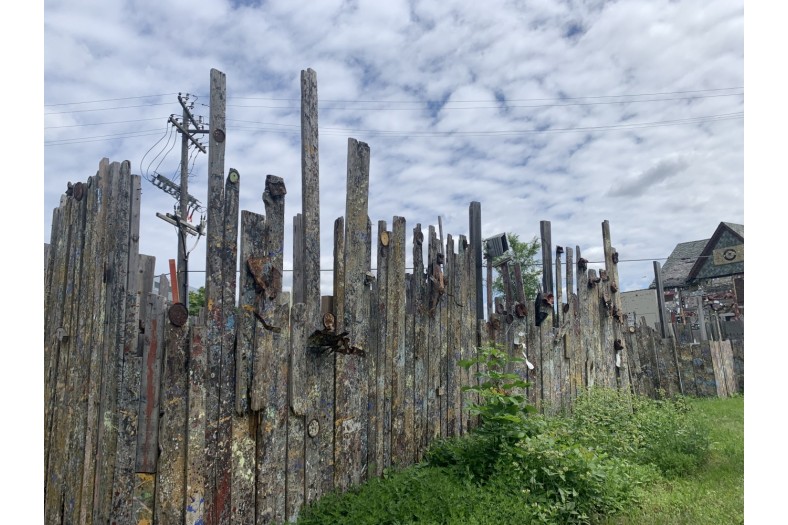
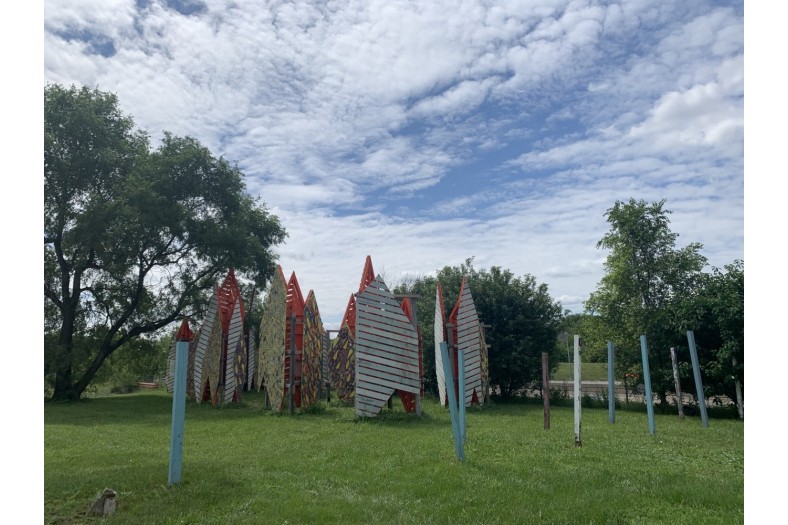

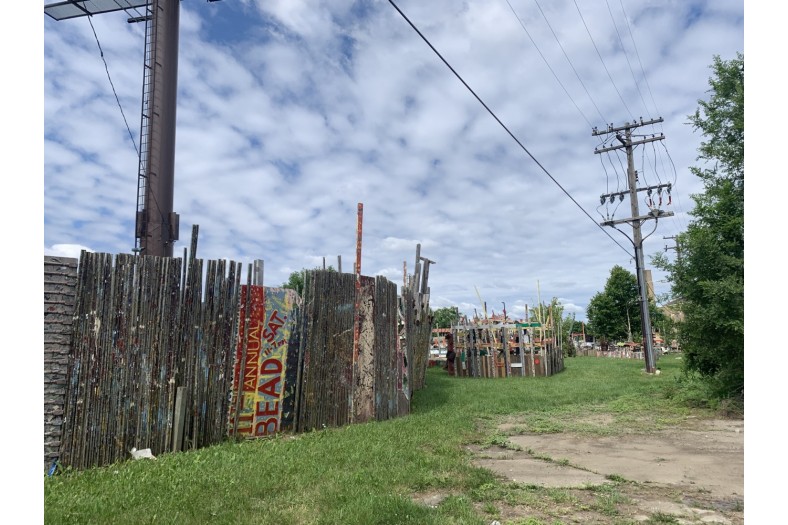
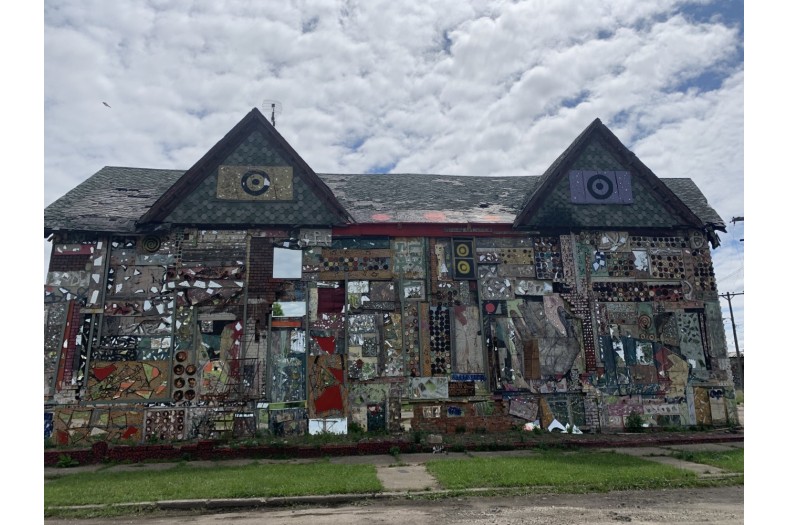
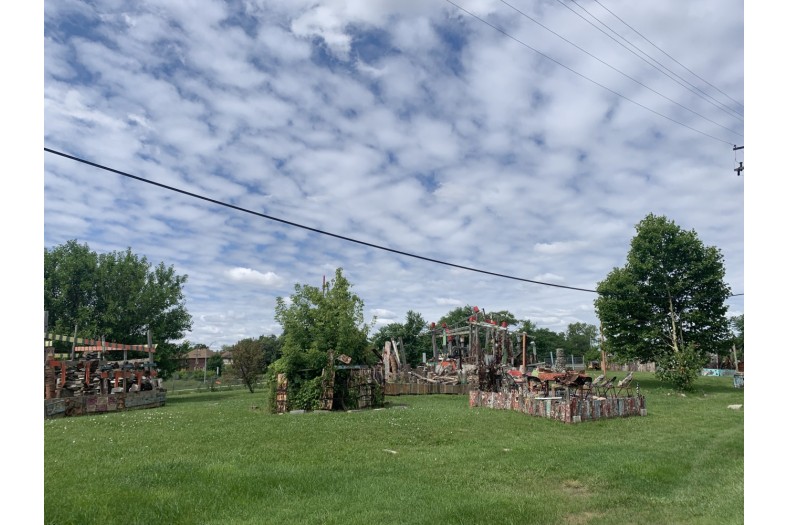
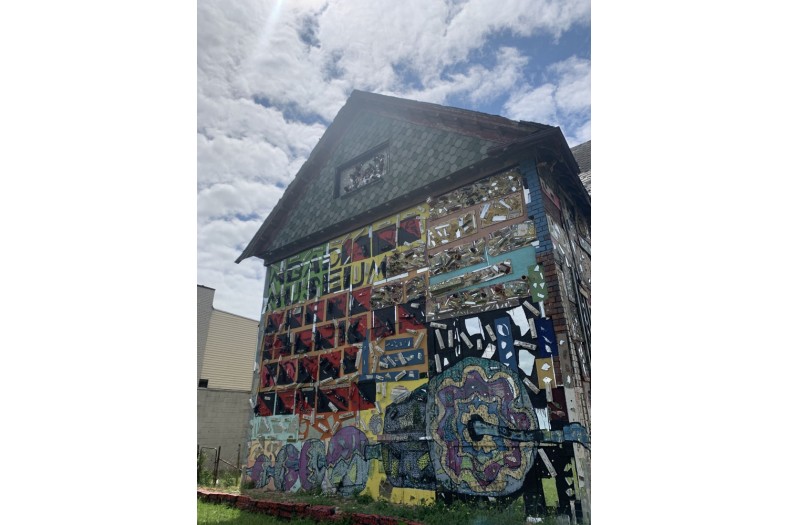
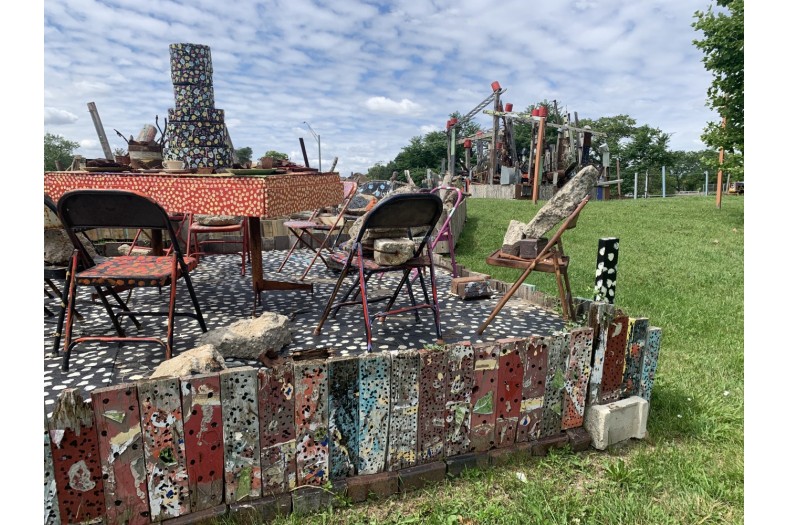
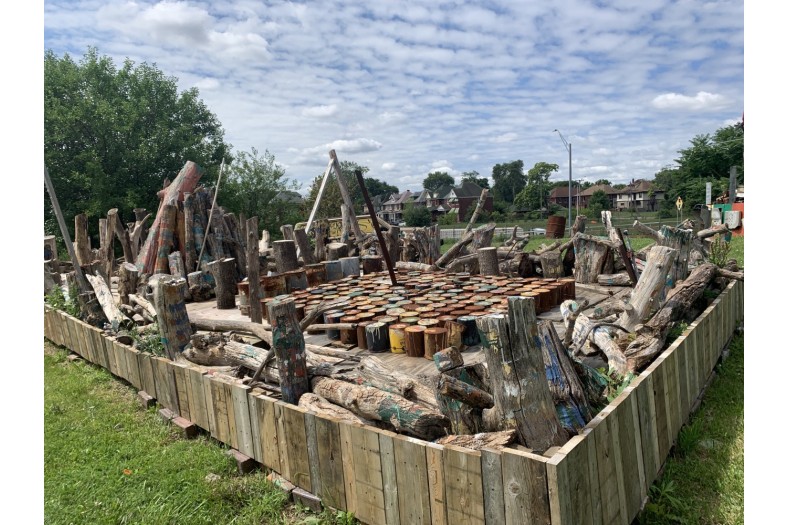
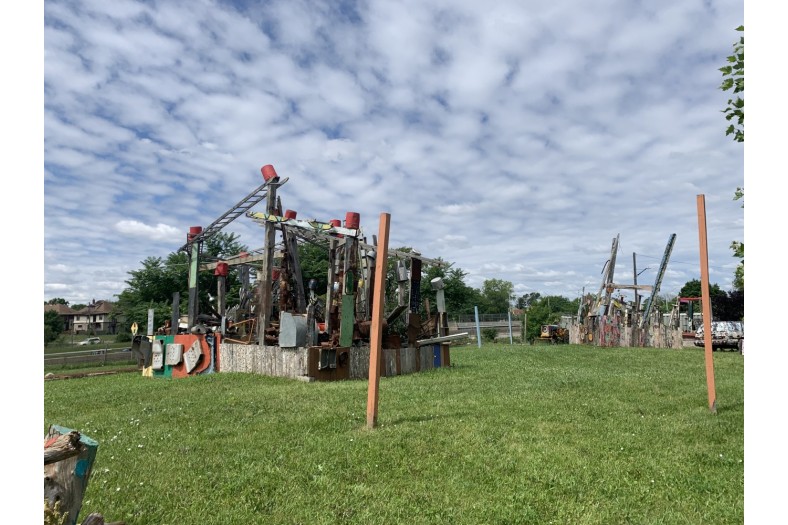
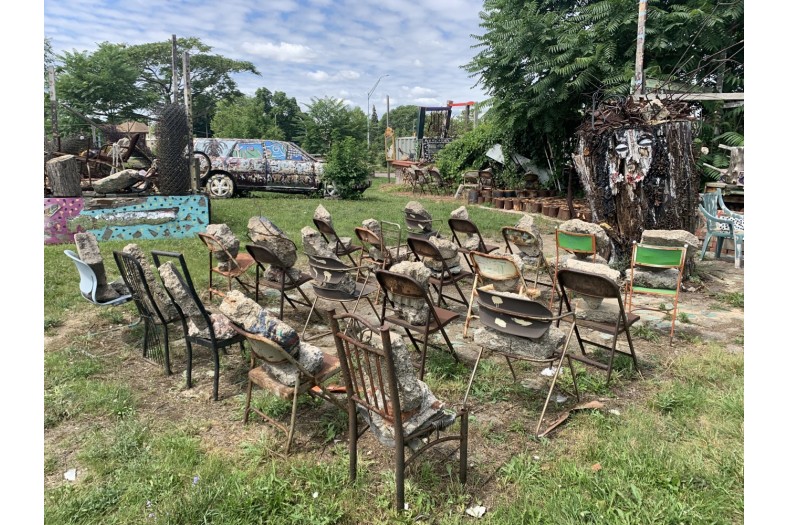
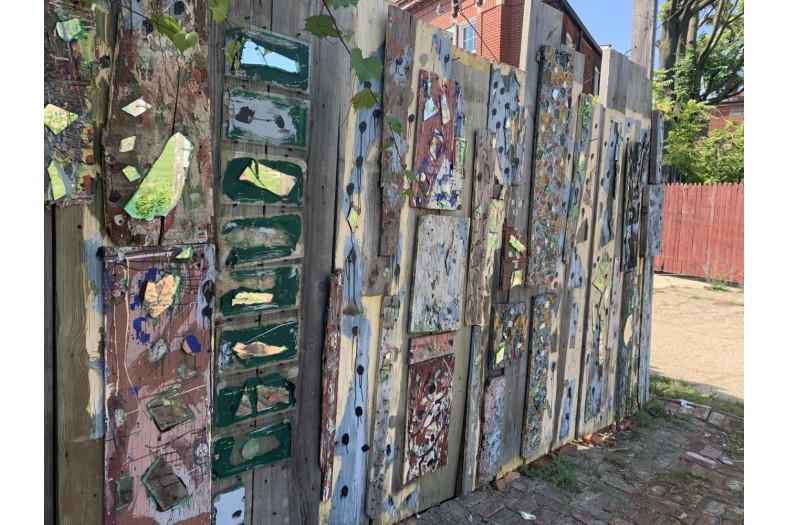
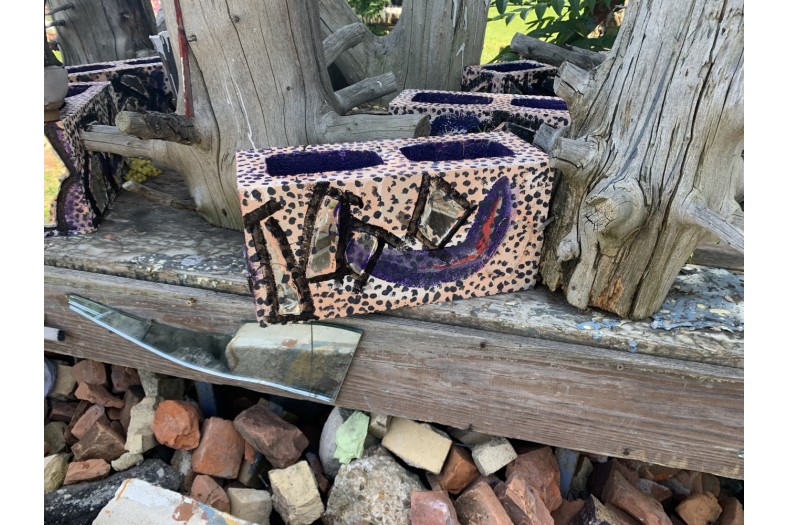
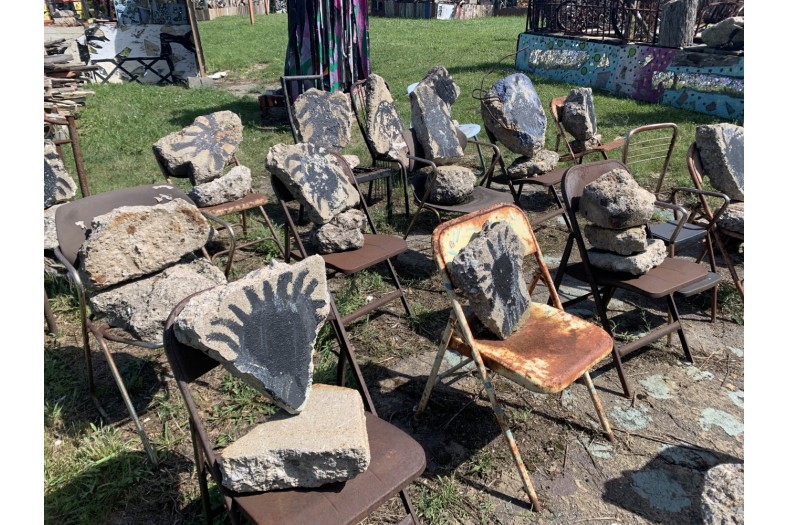
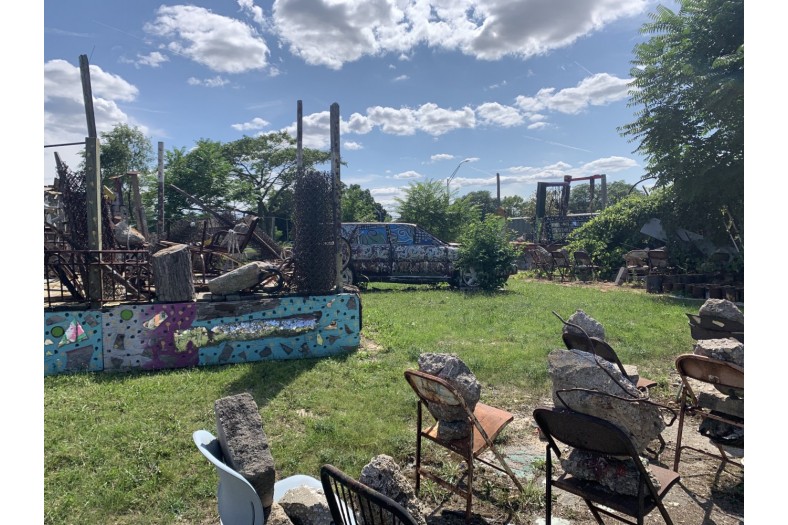
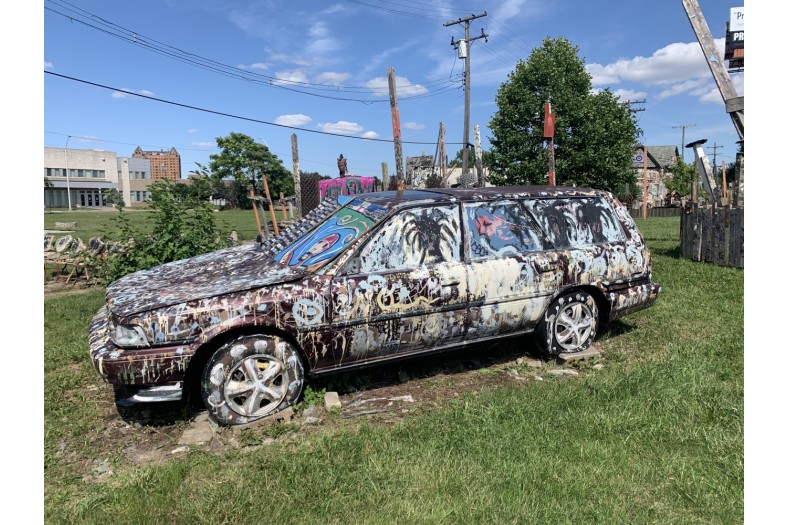
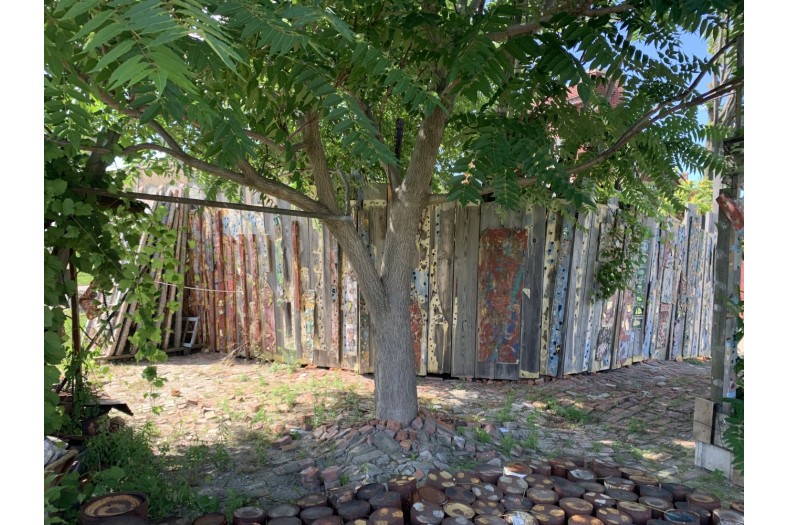
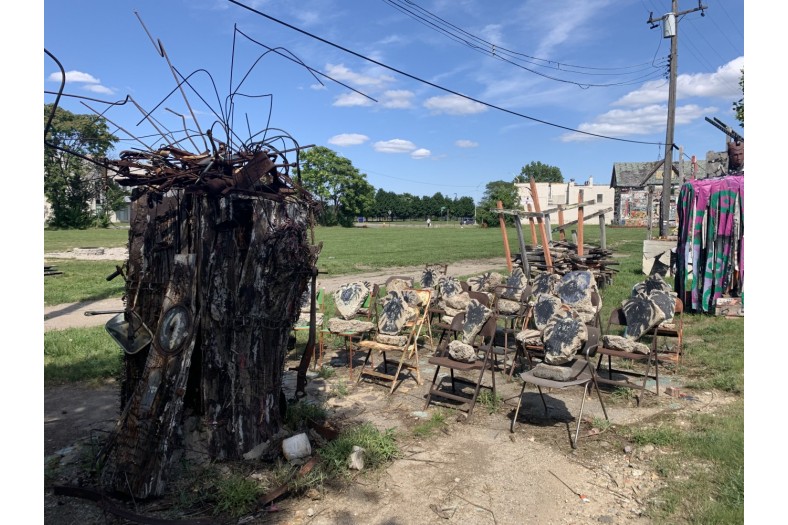
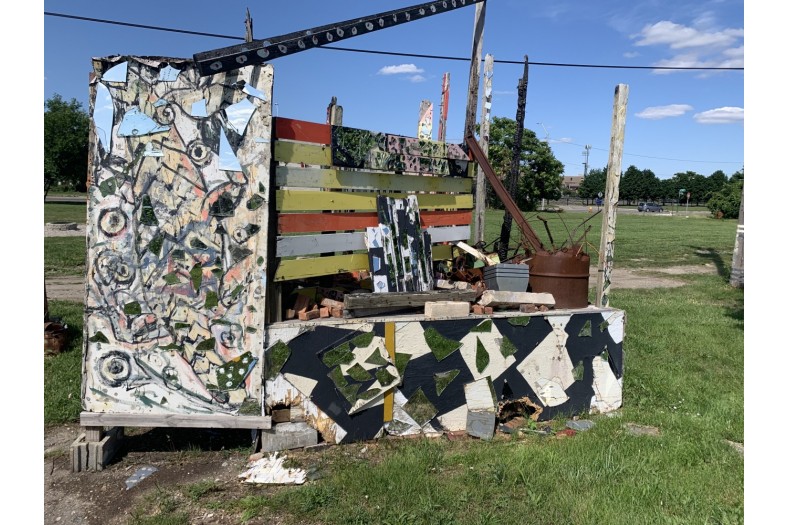
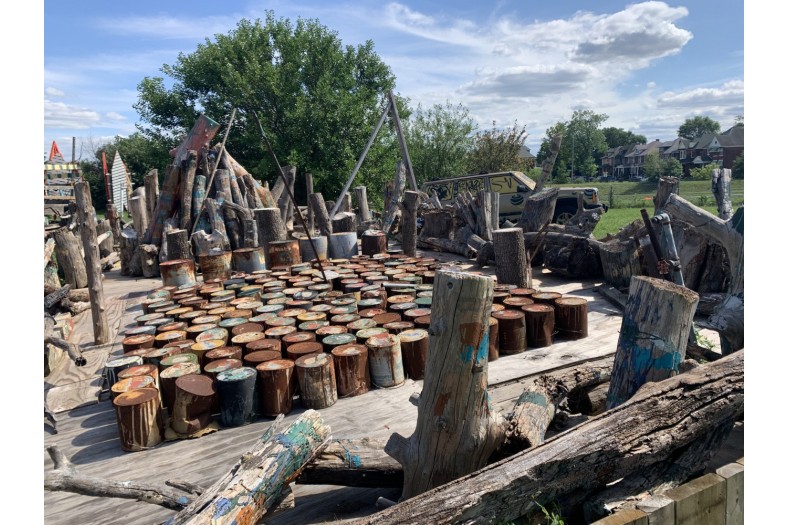
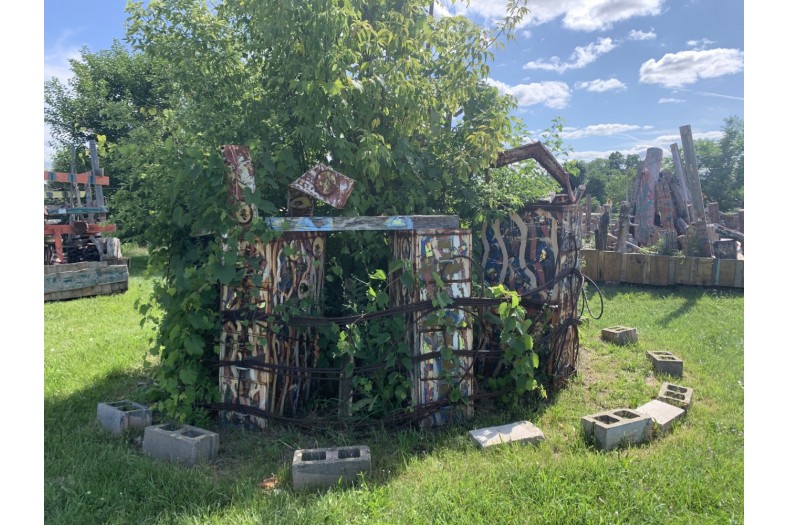
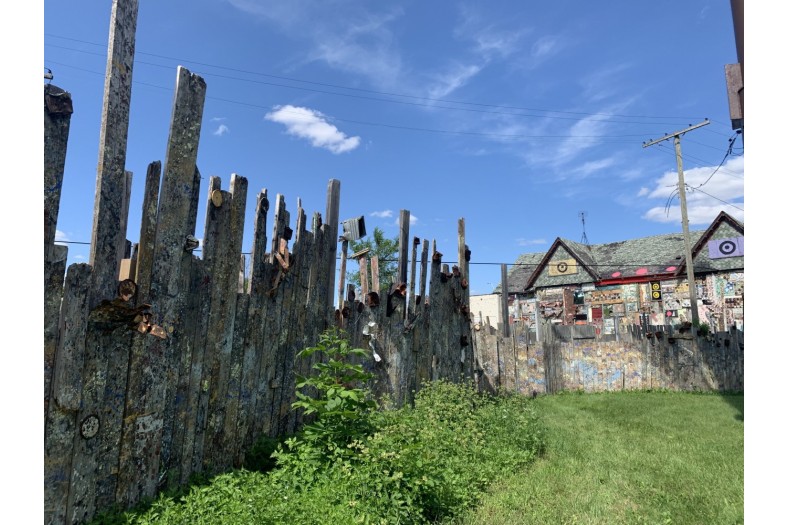
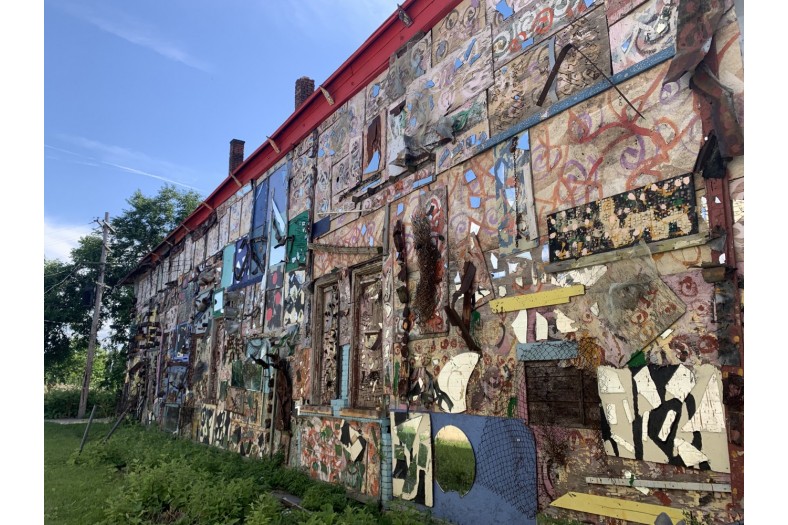
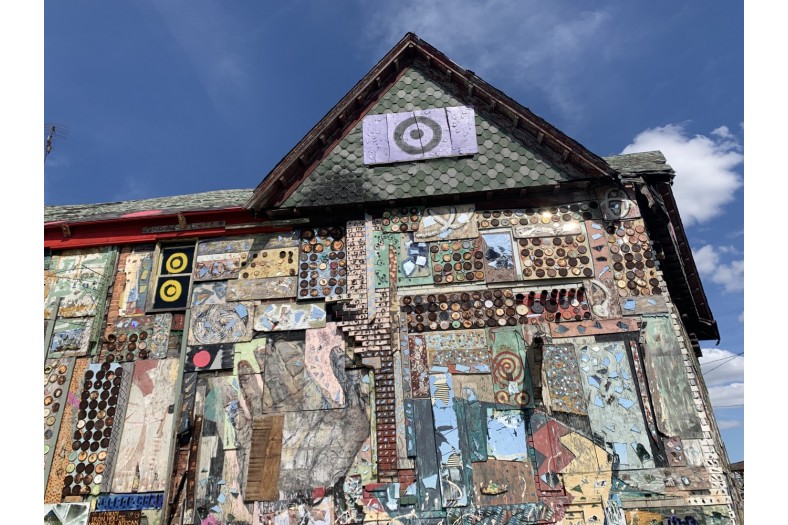
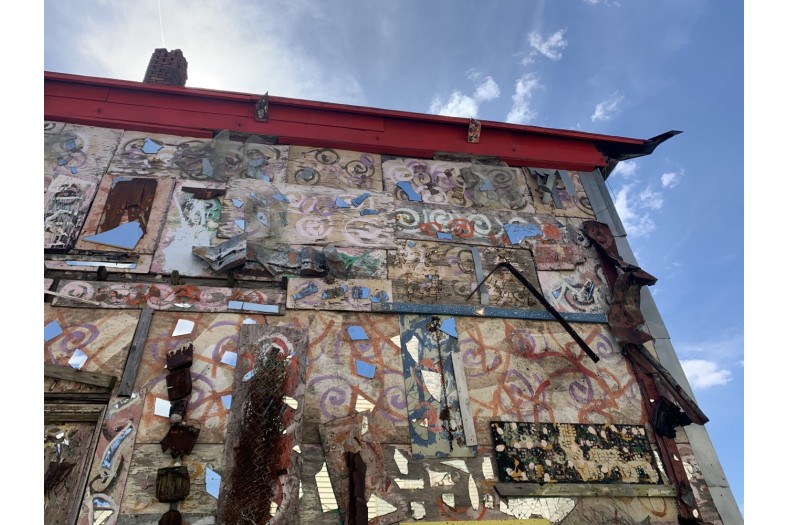
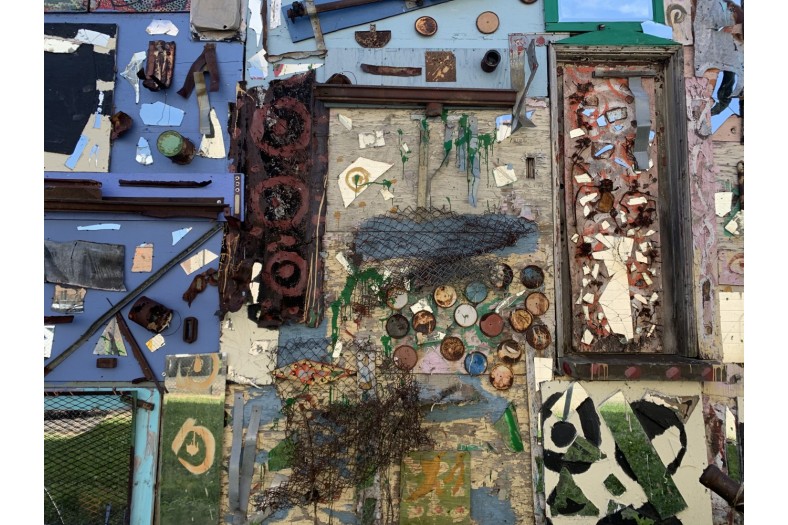
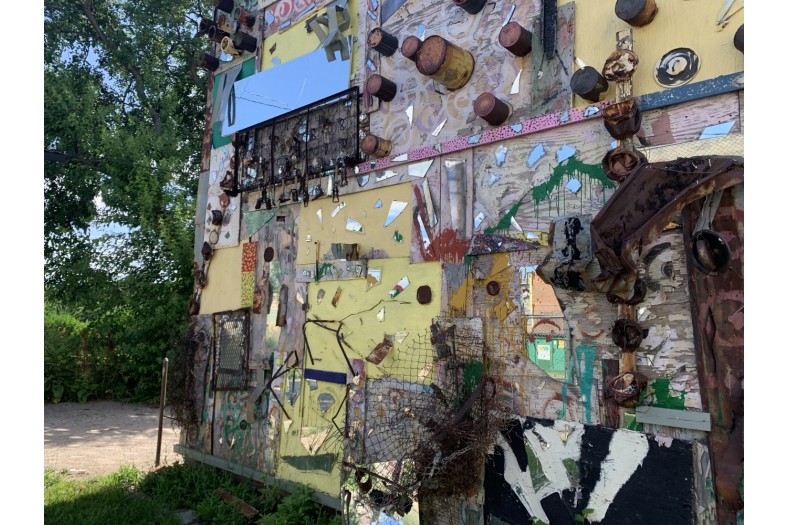
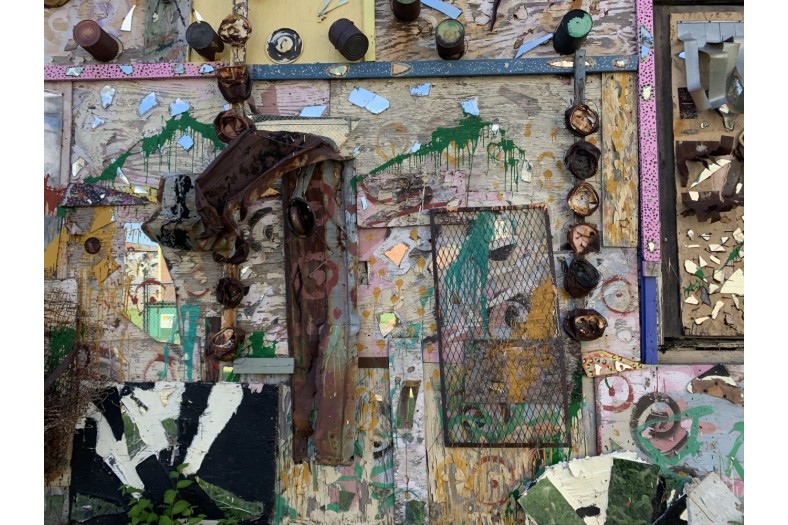
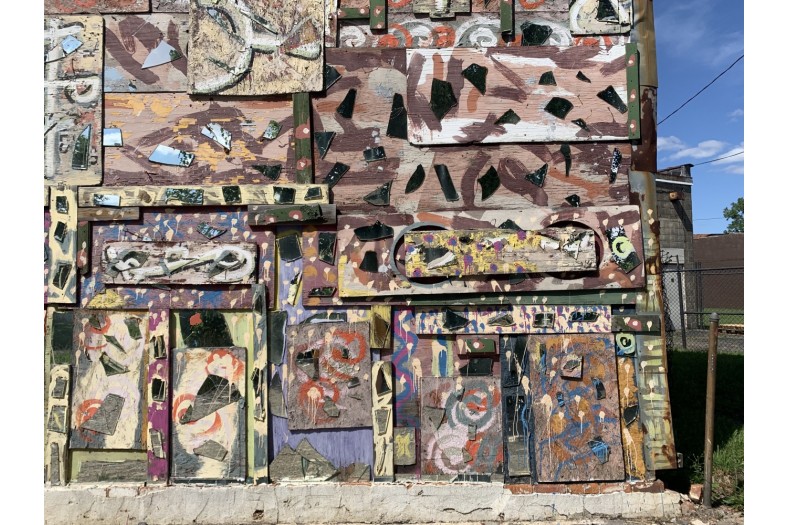
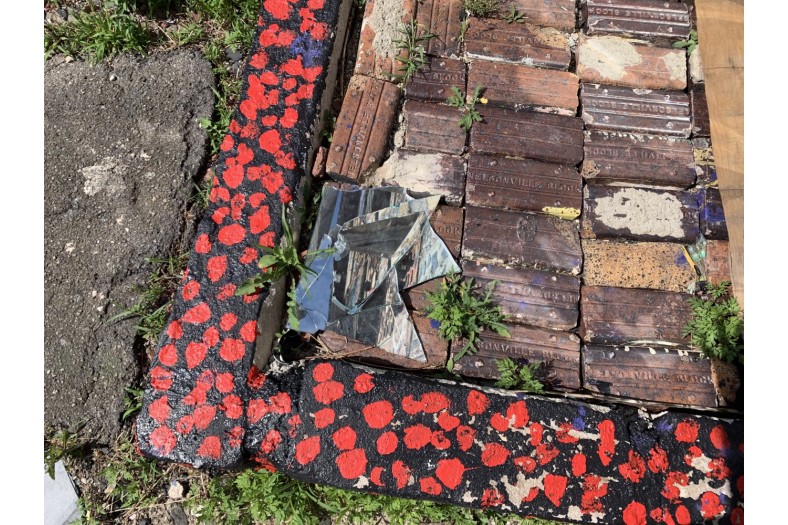
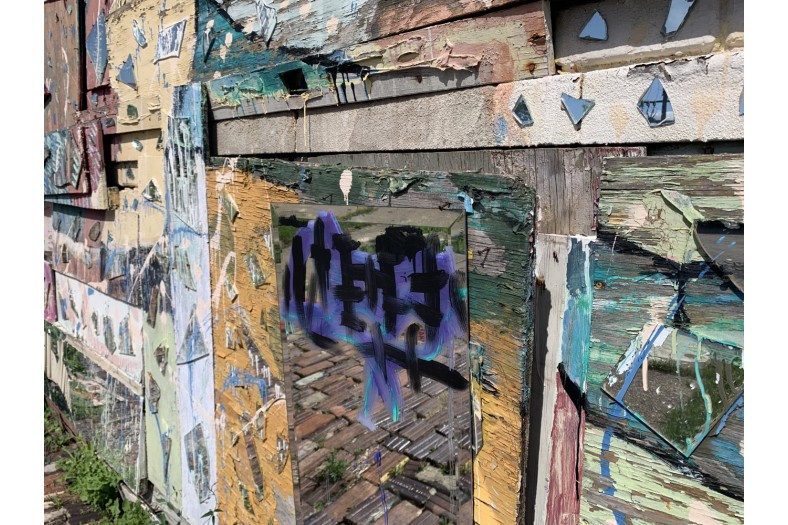
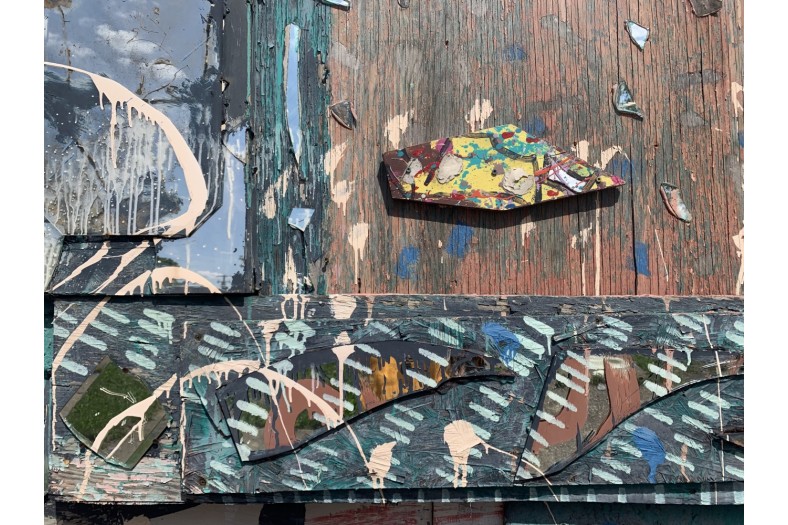
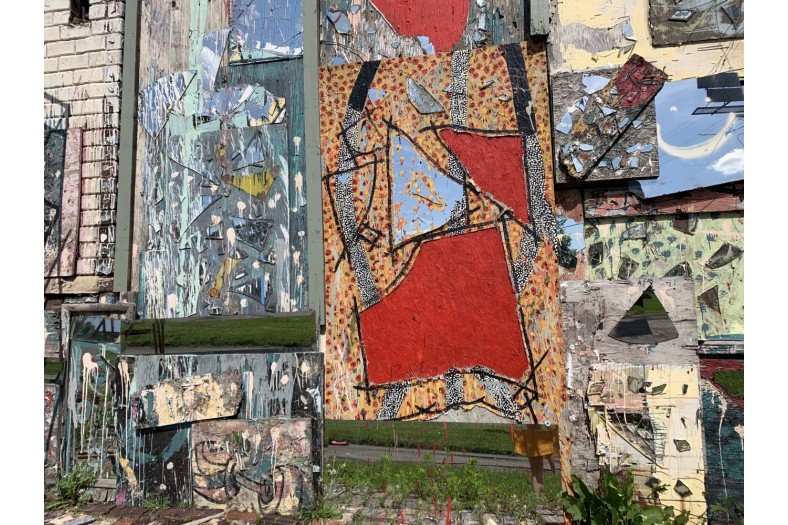

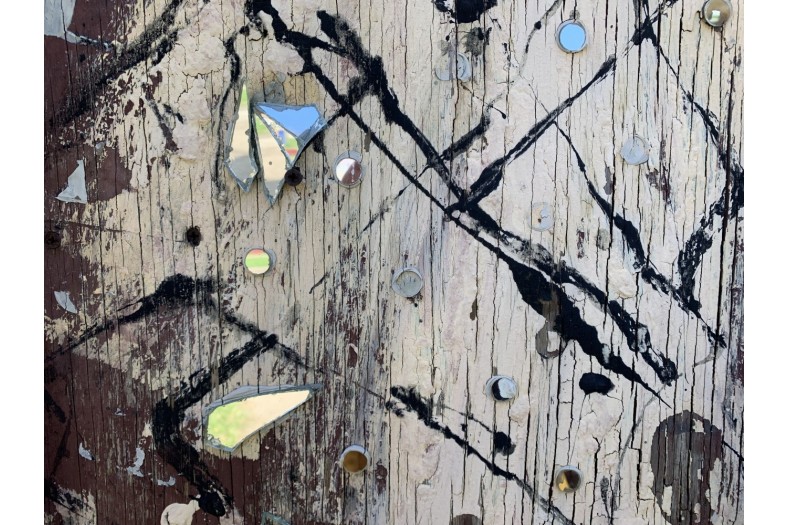
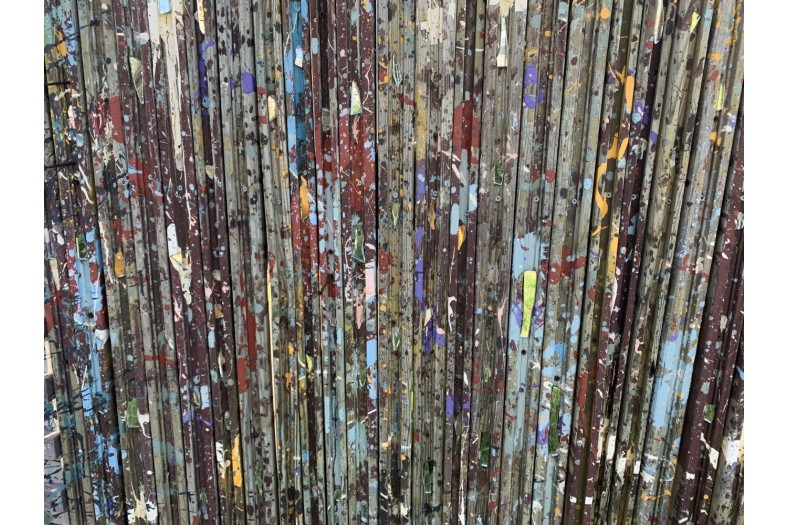
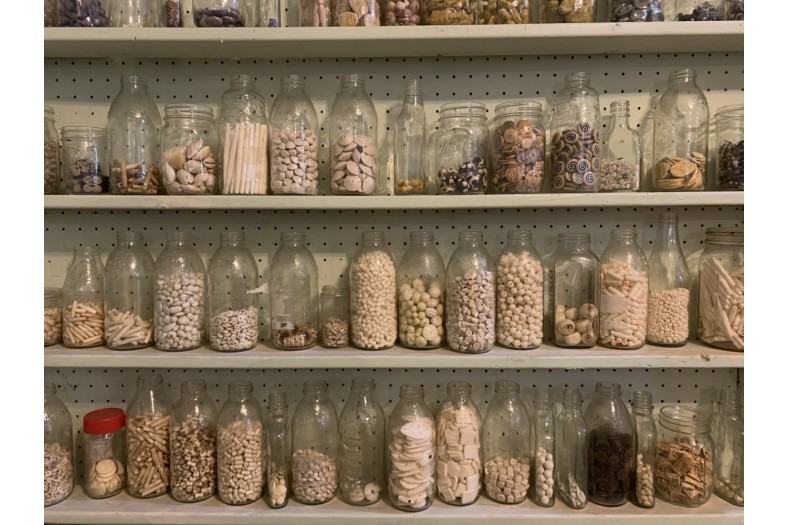
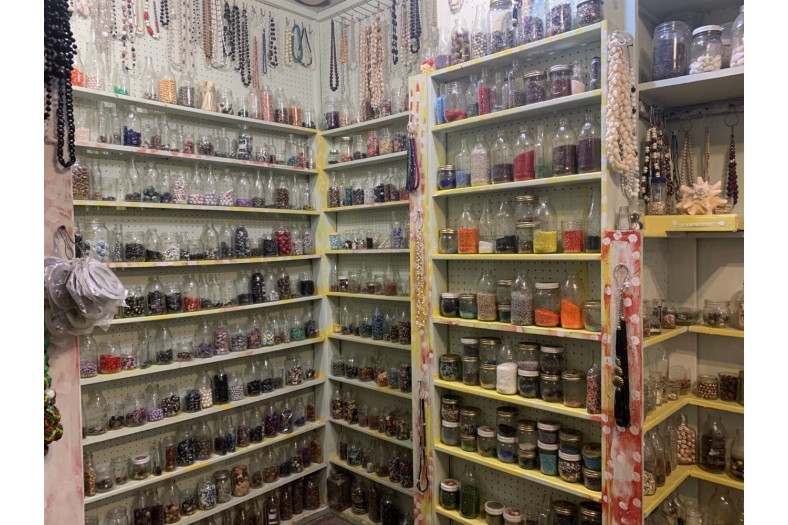
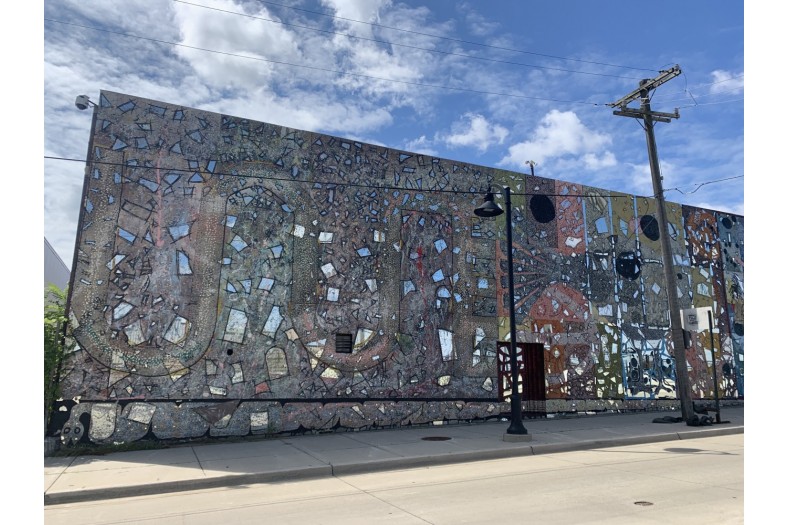
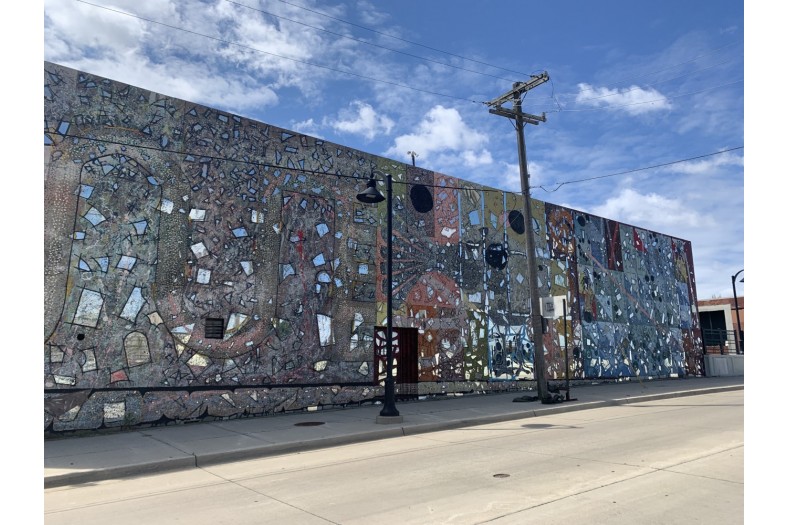
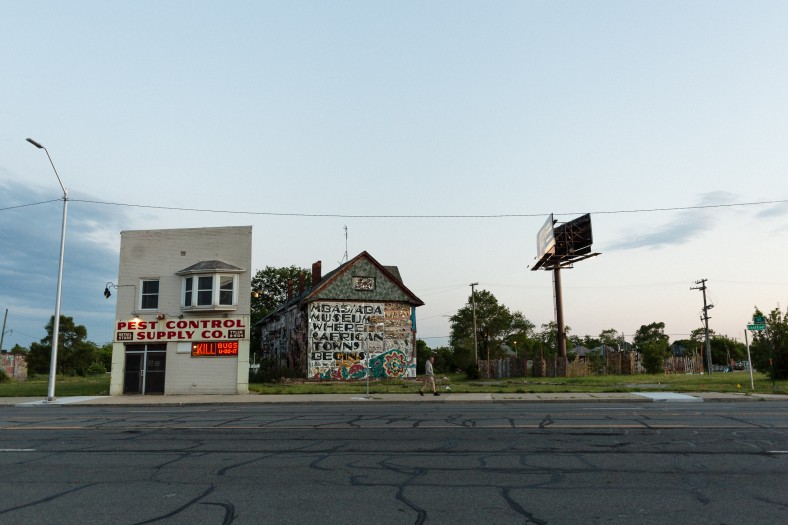

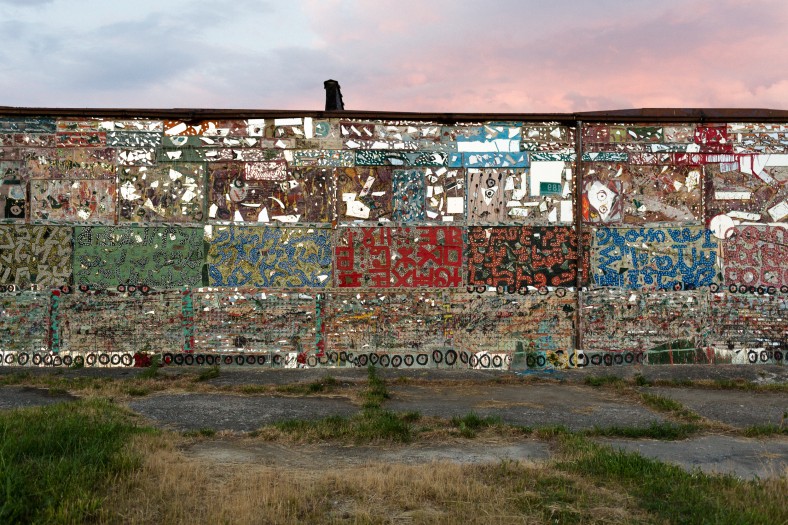
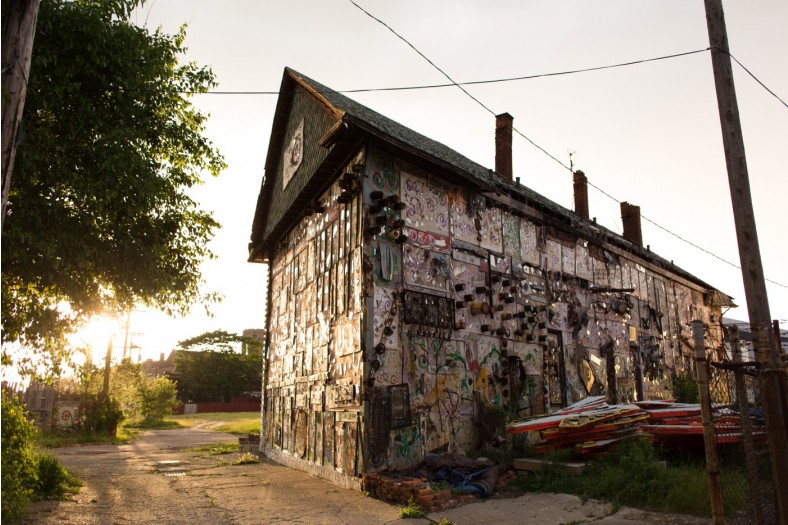
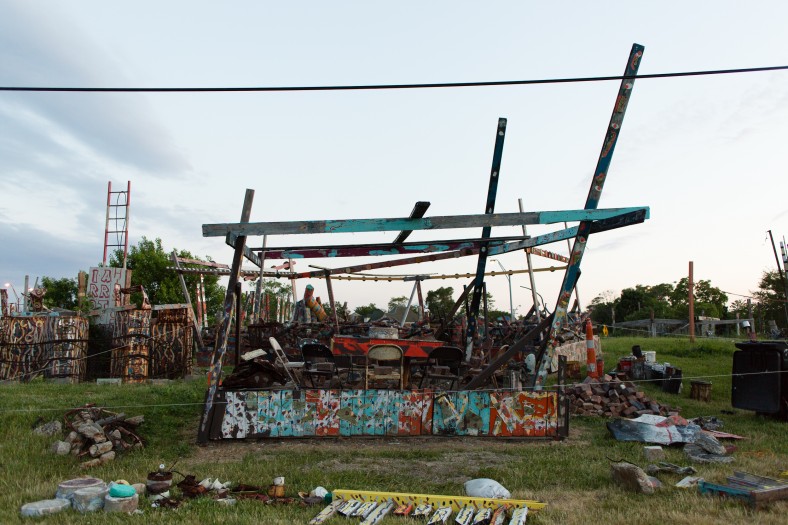
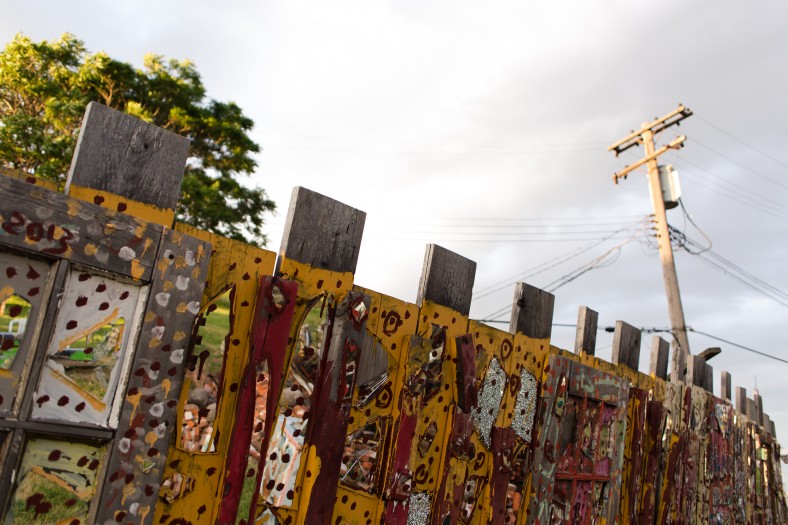
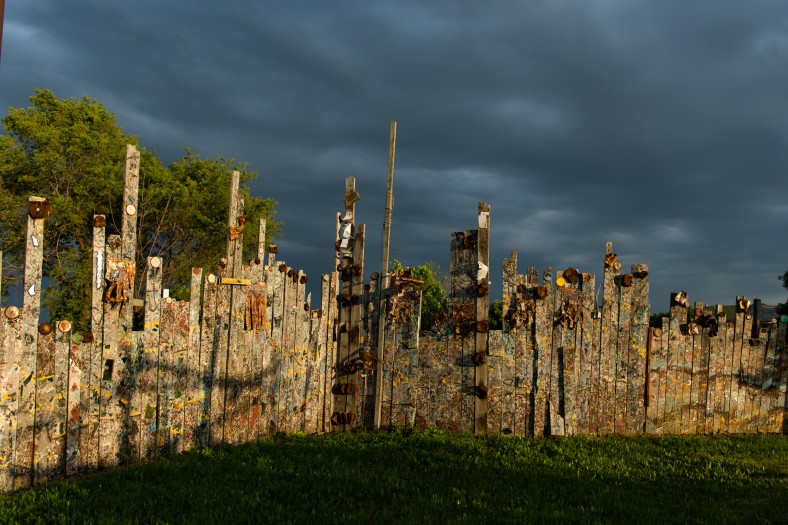
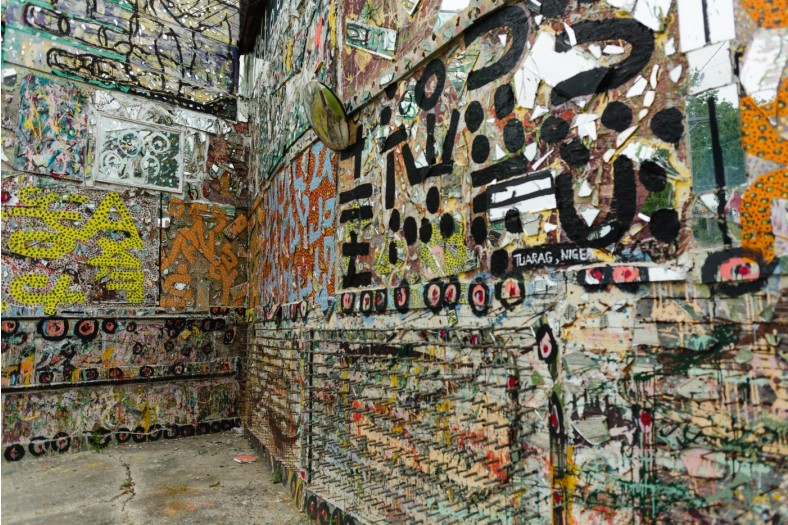
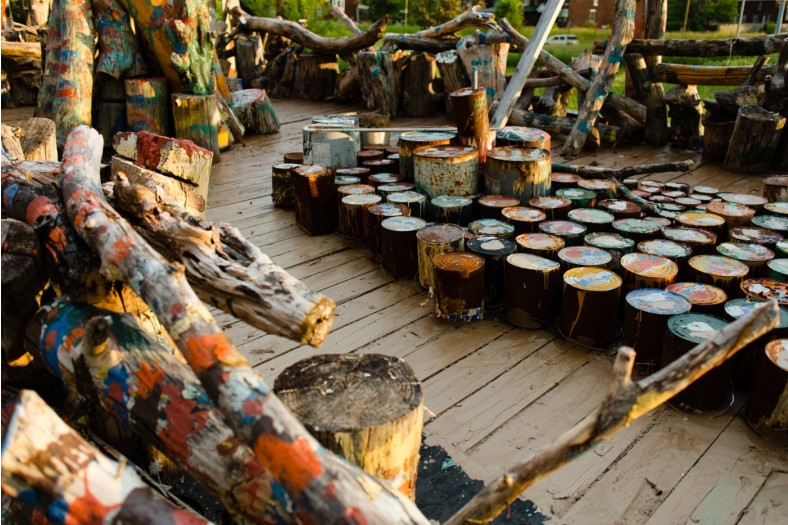
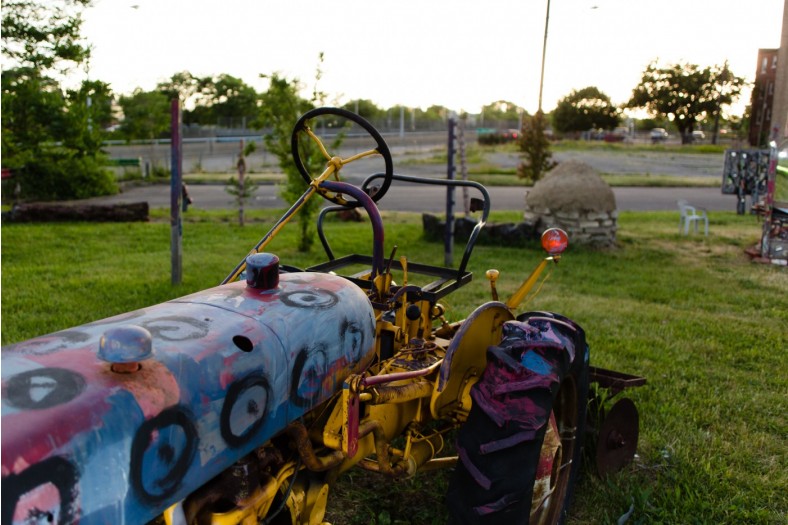
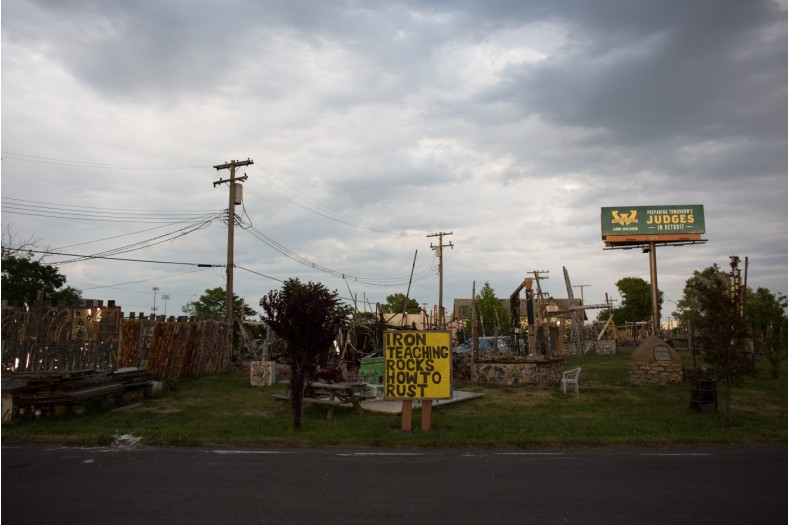
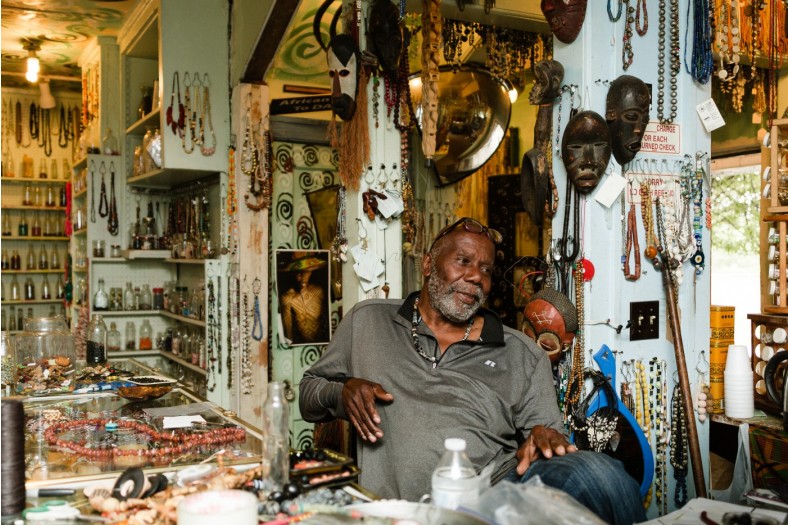
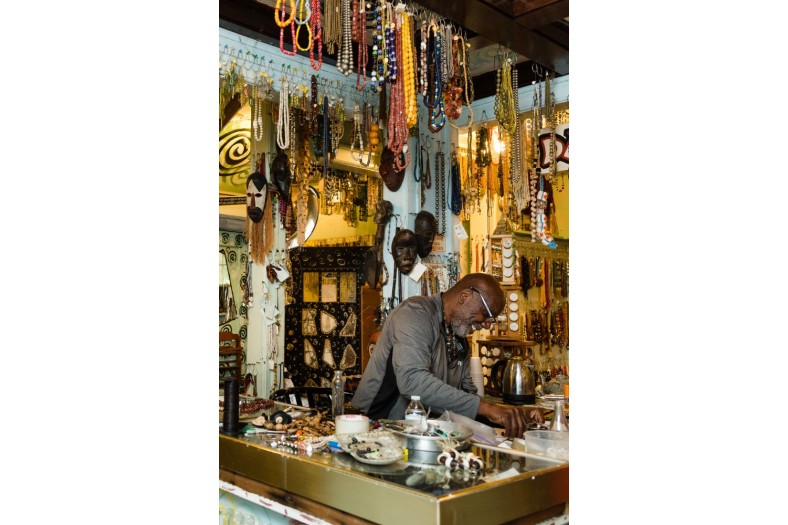
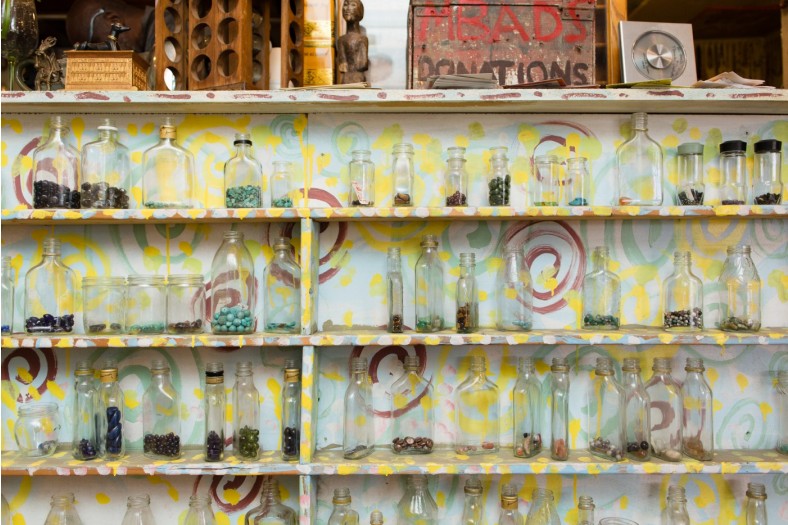
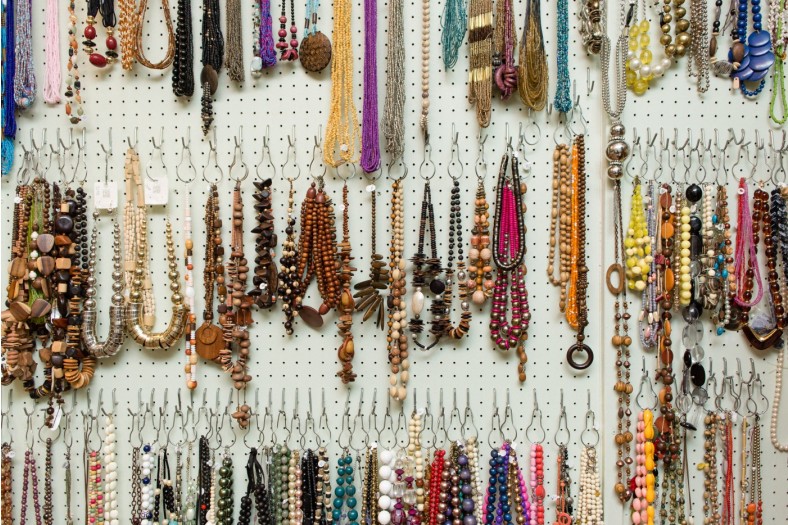
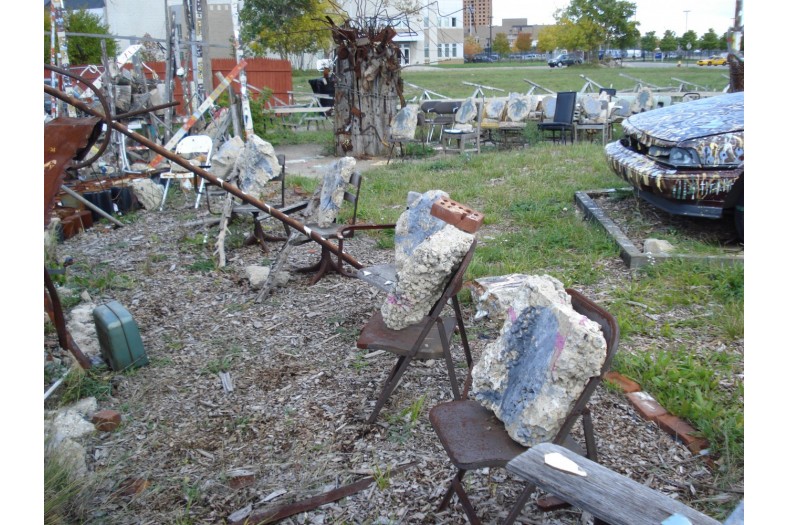
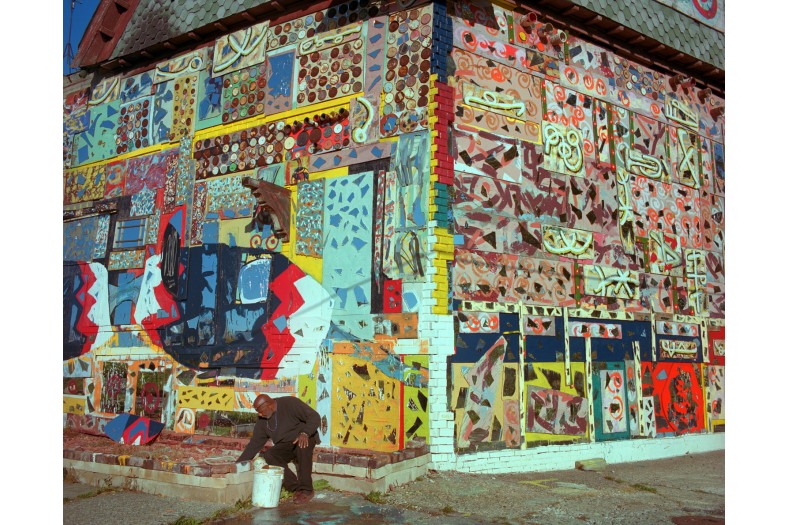
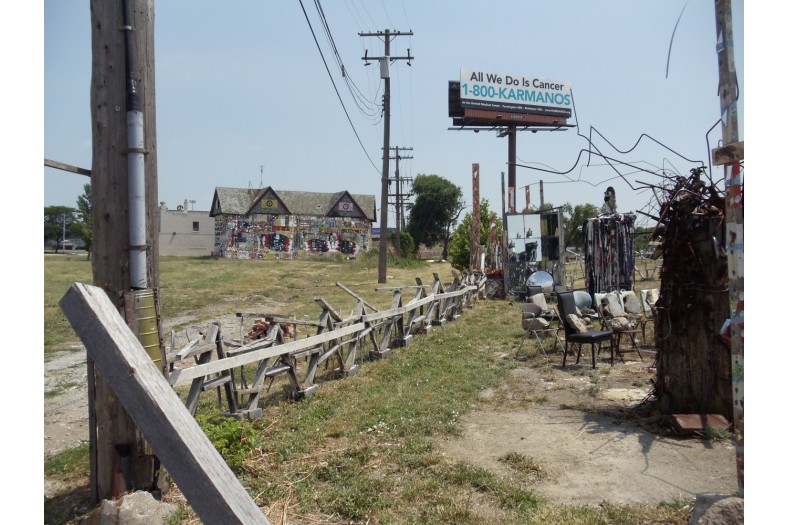
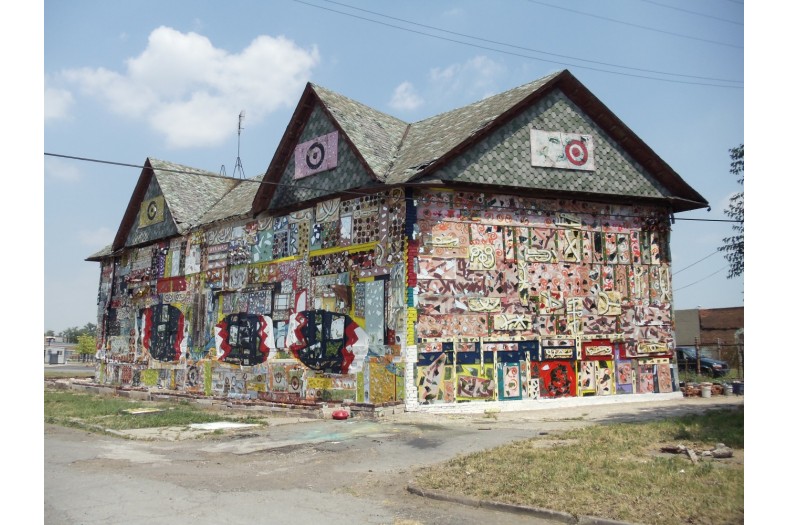
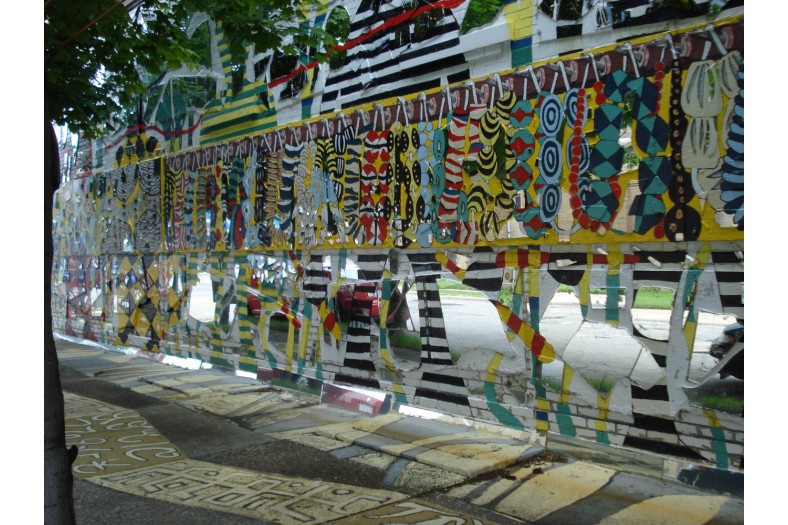
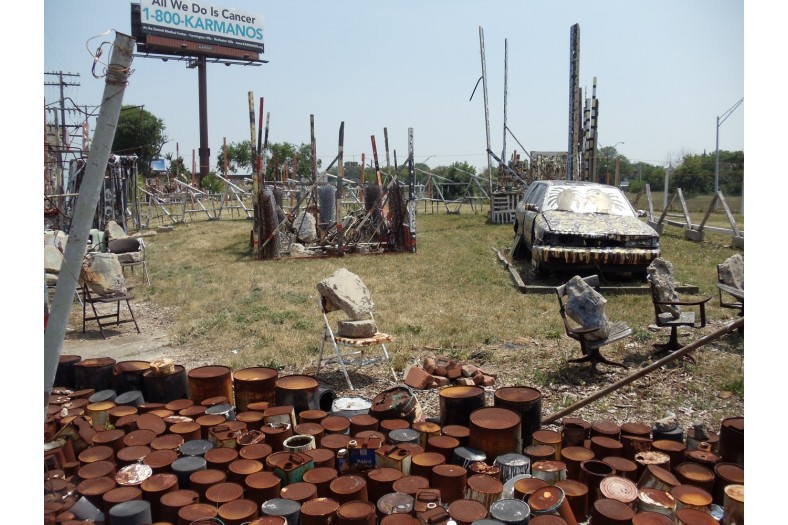
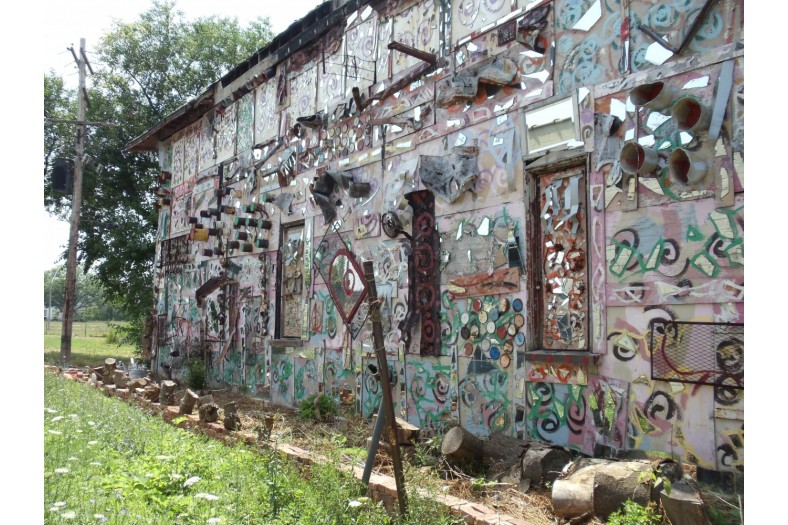
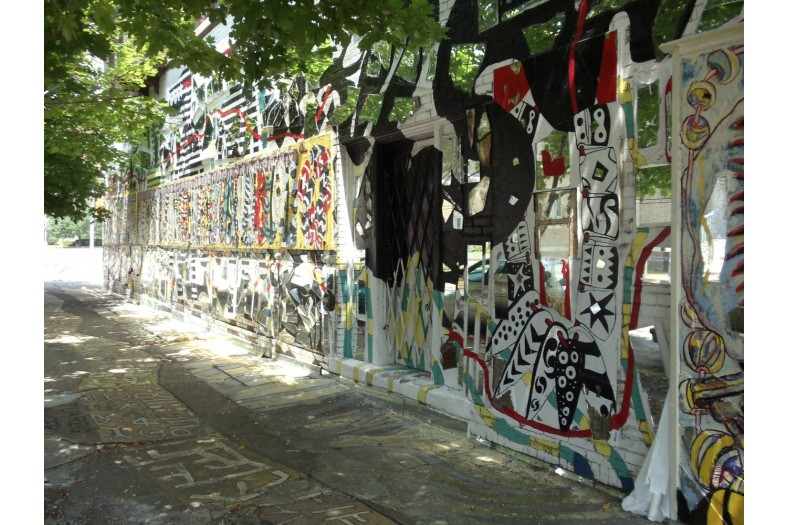
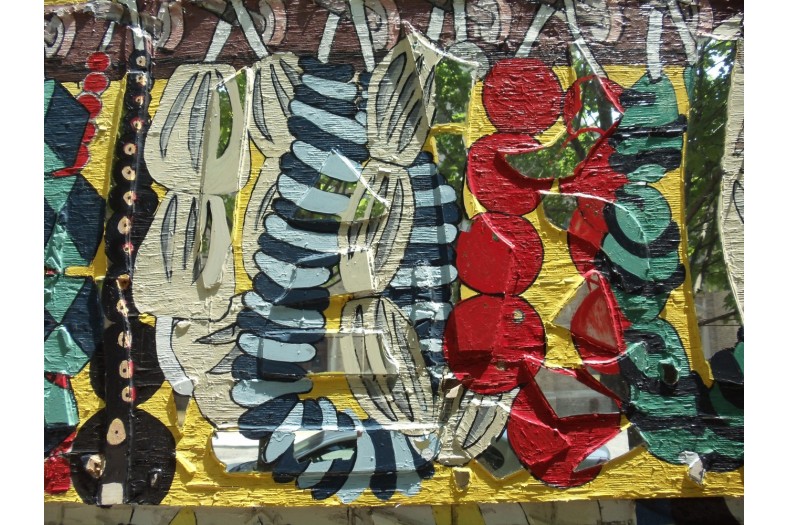
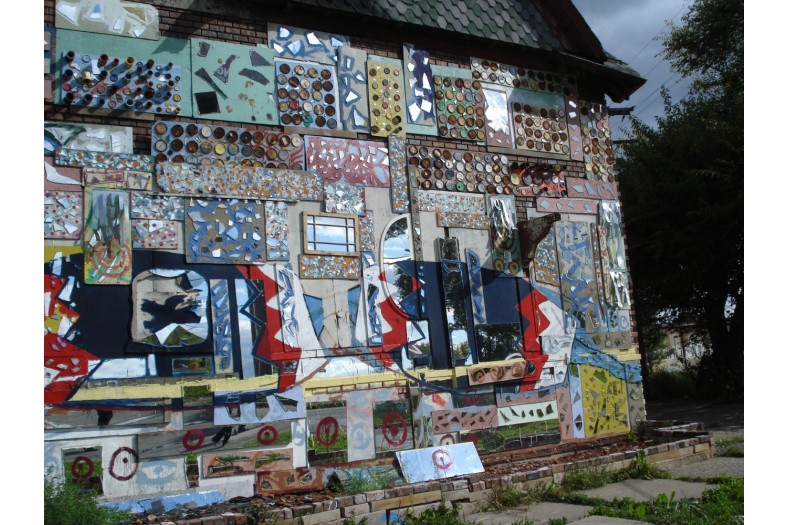
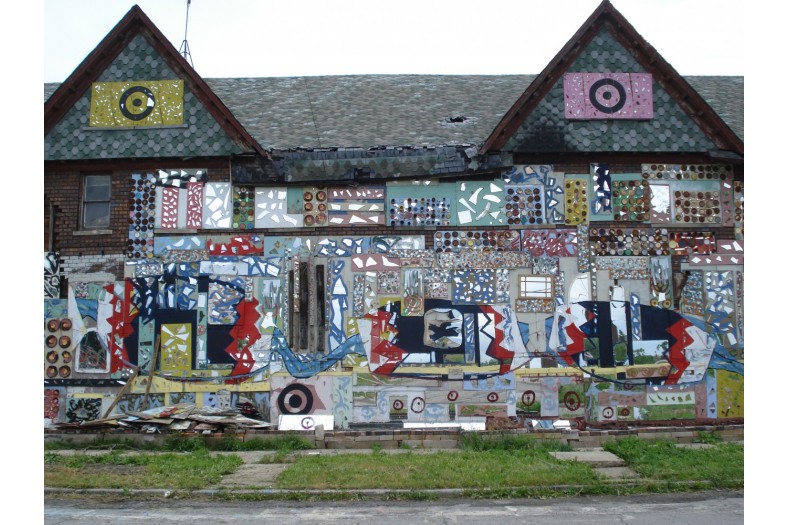
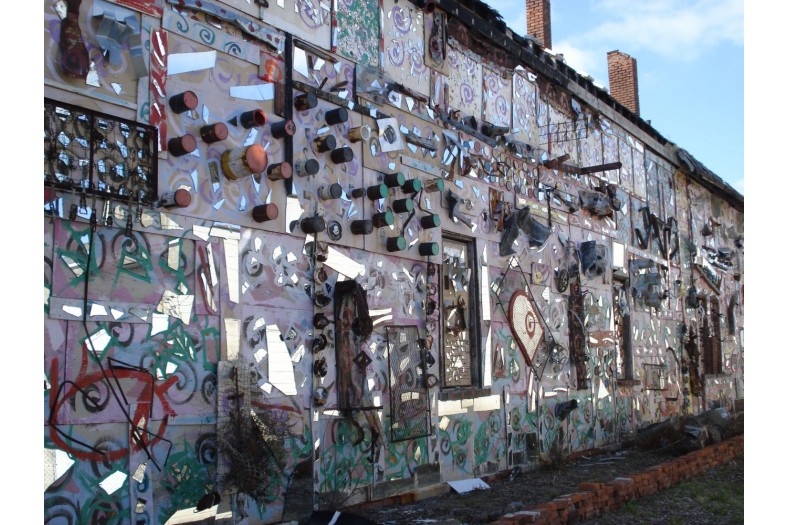
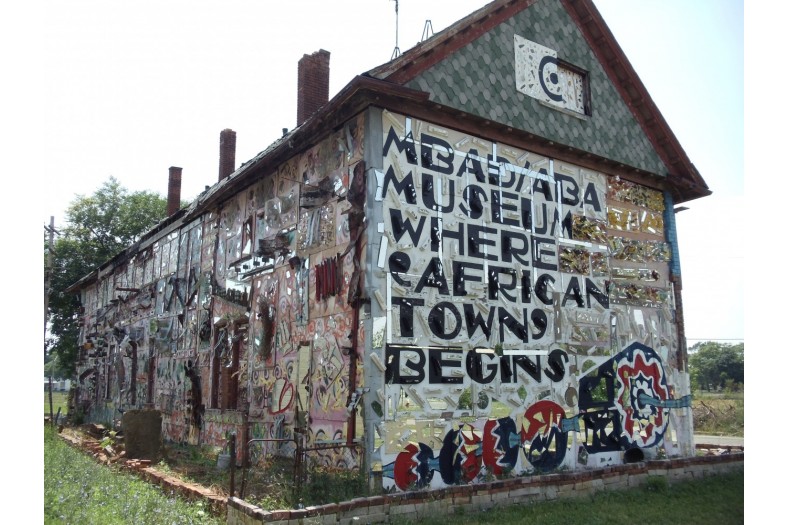
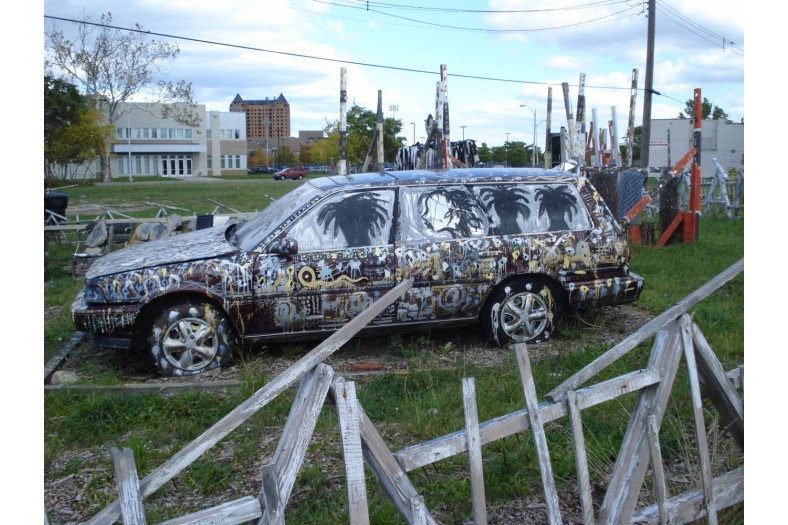
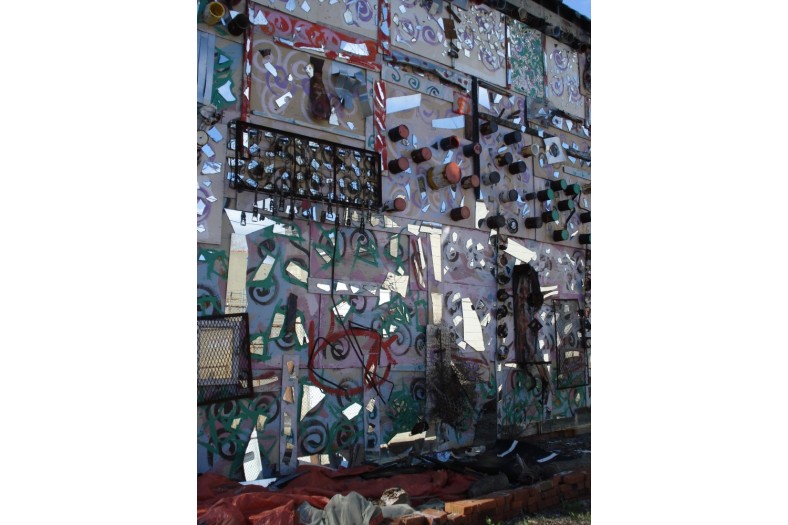
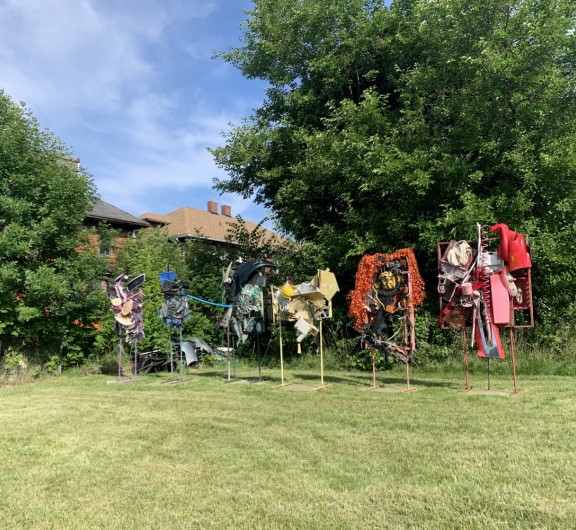
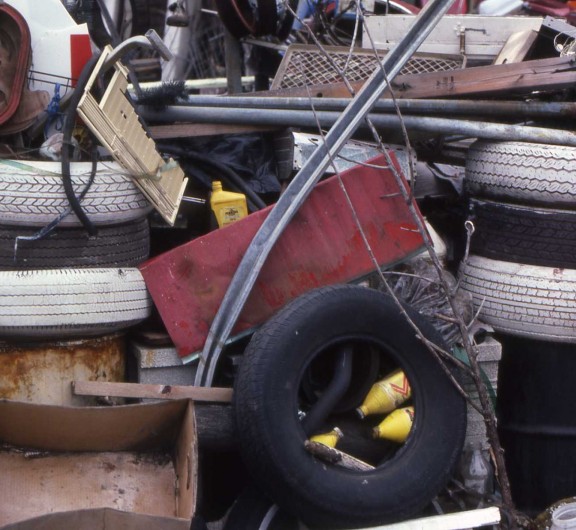
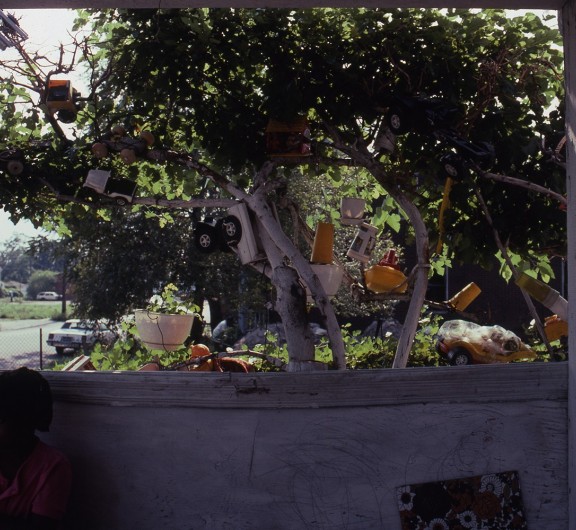
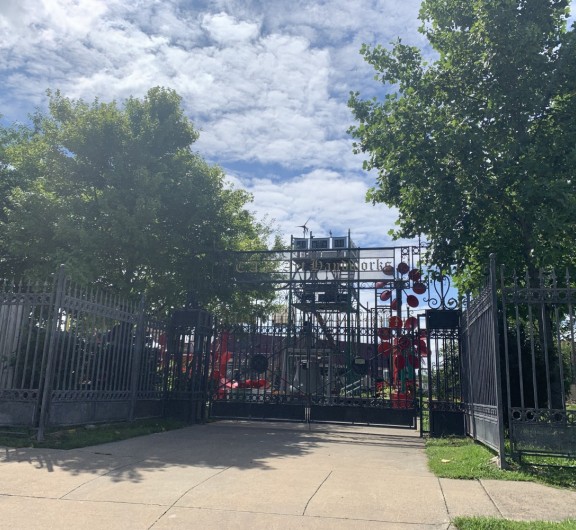
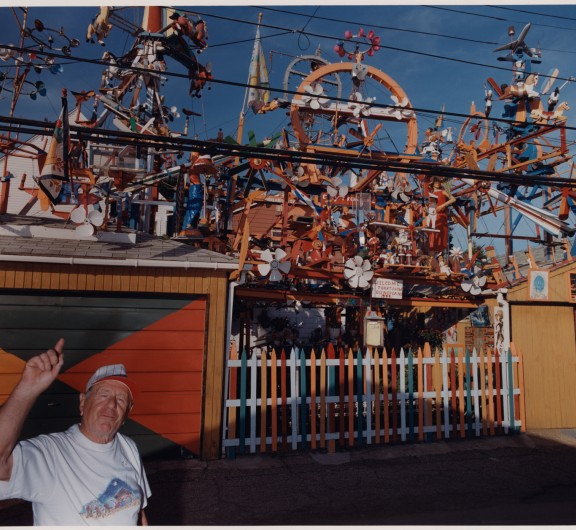
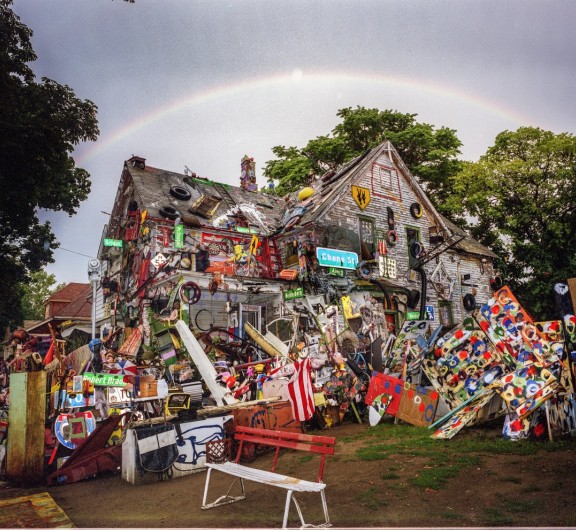

Post your comment
Comments
No one has commented on this page yet.